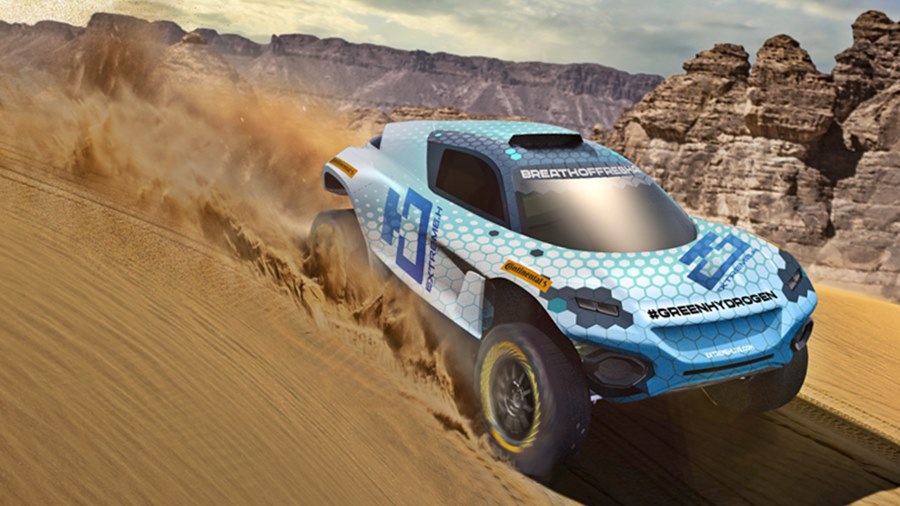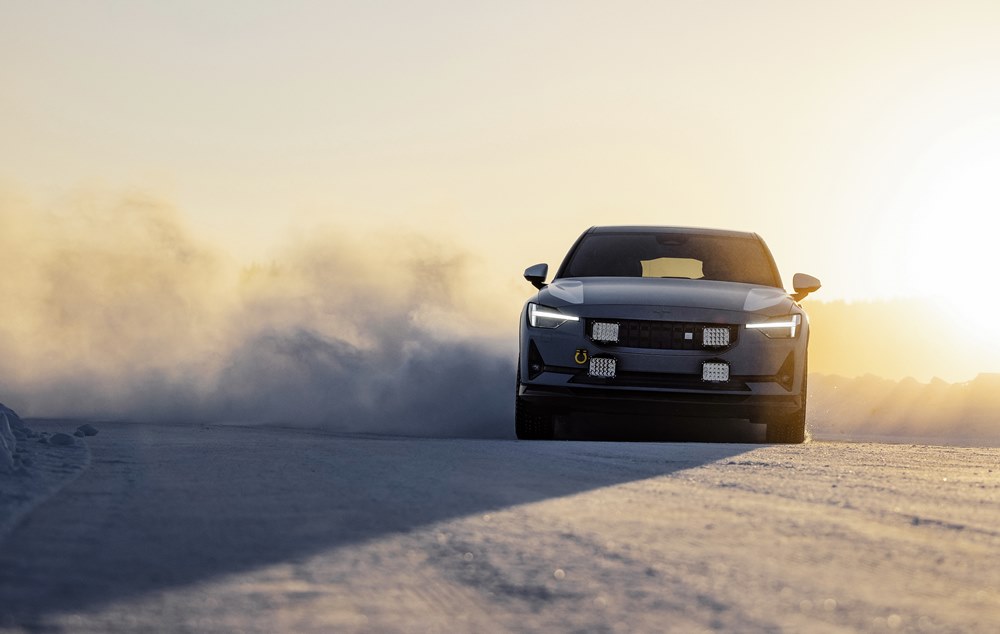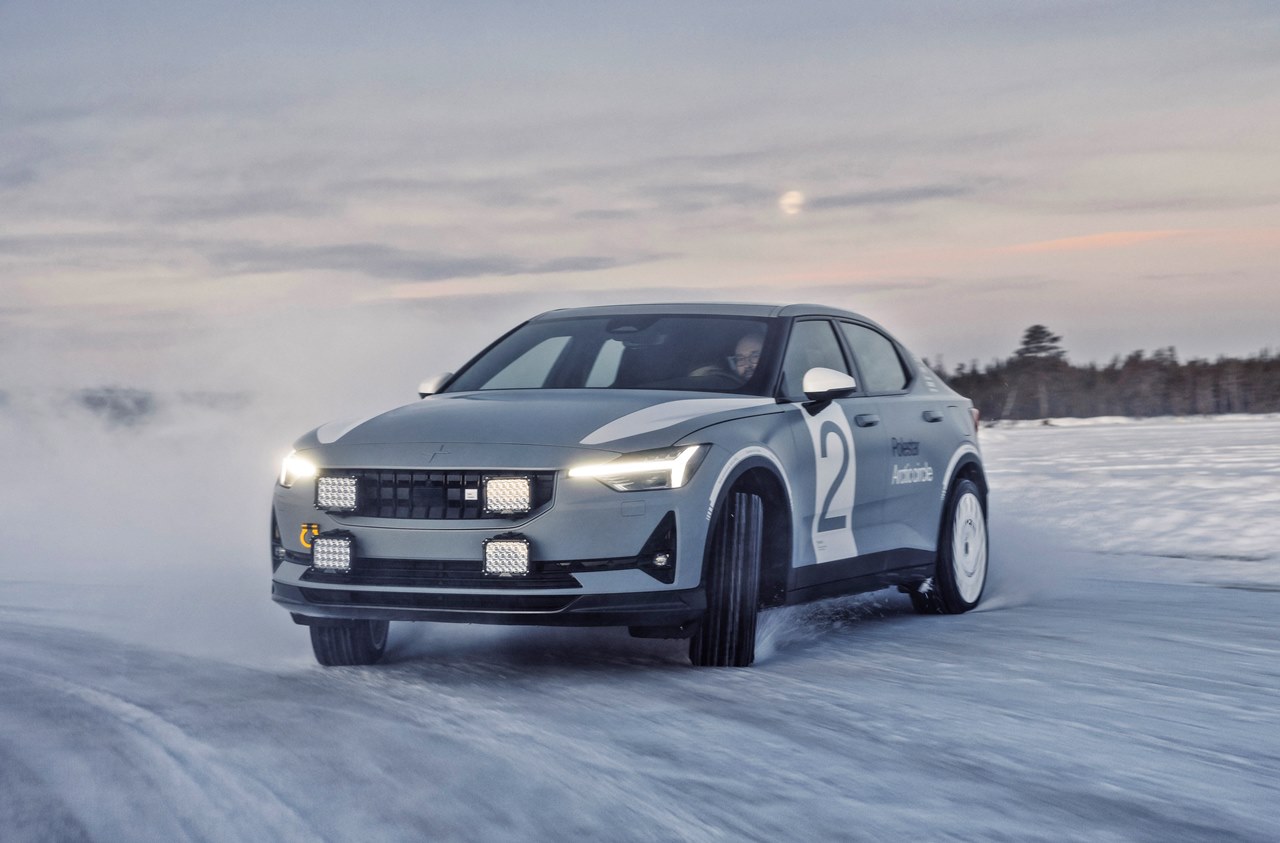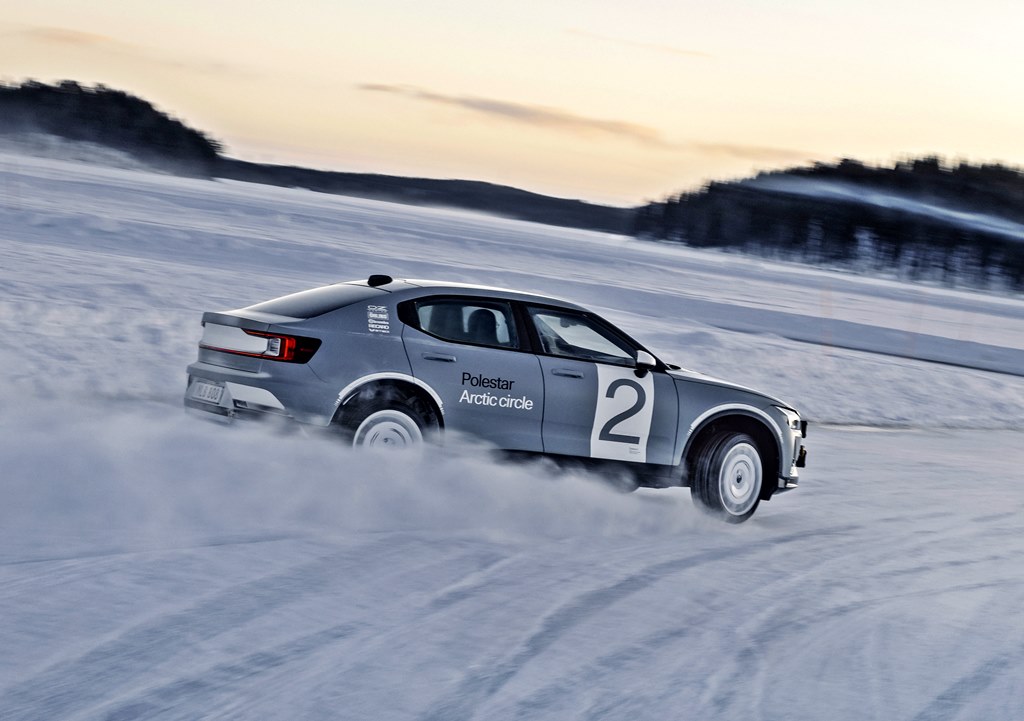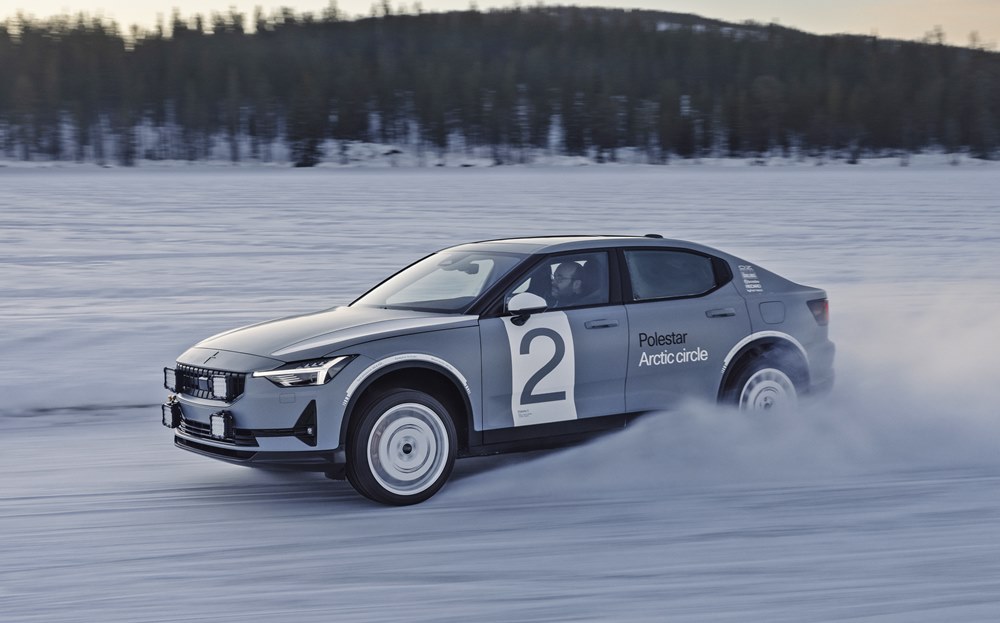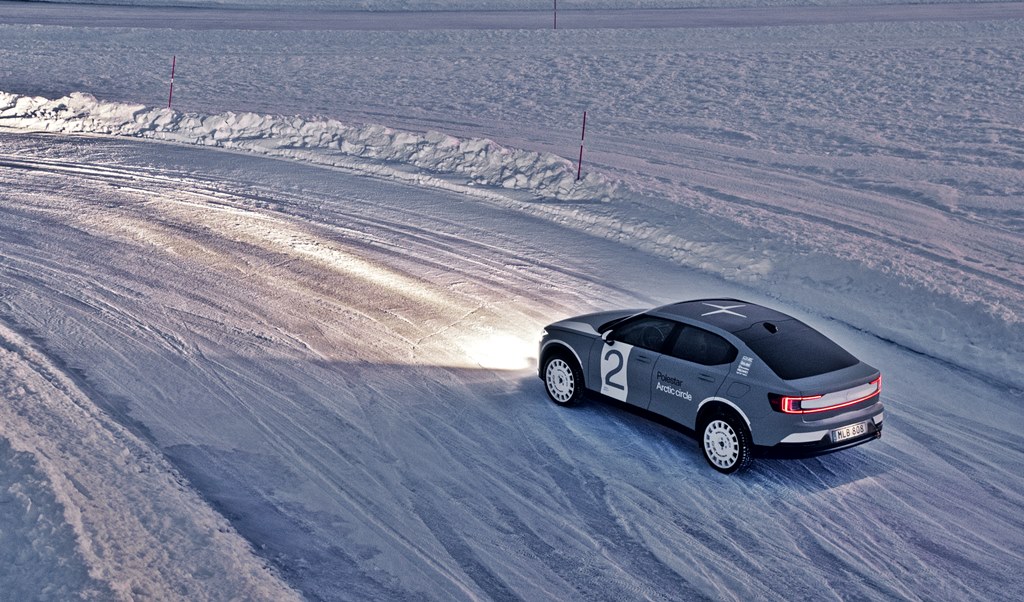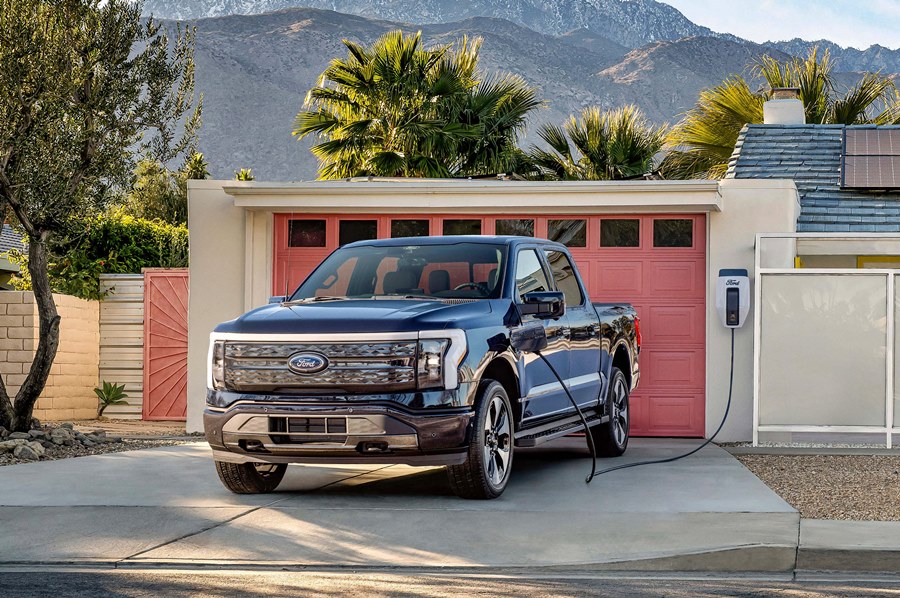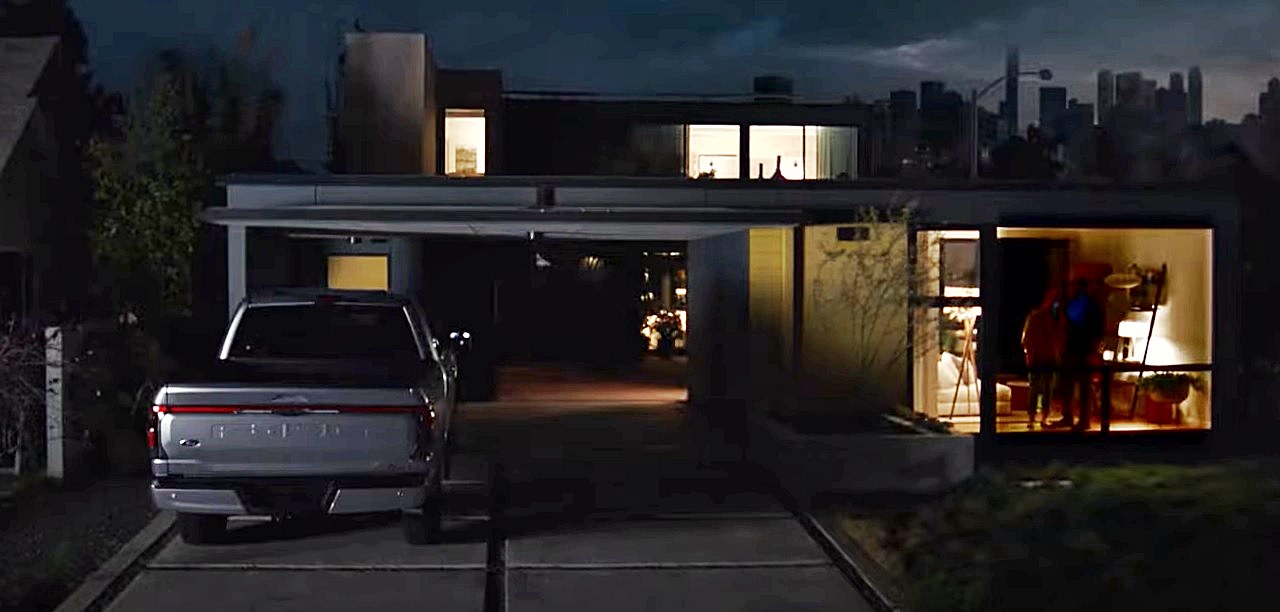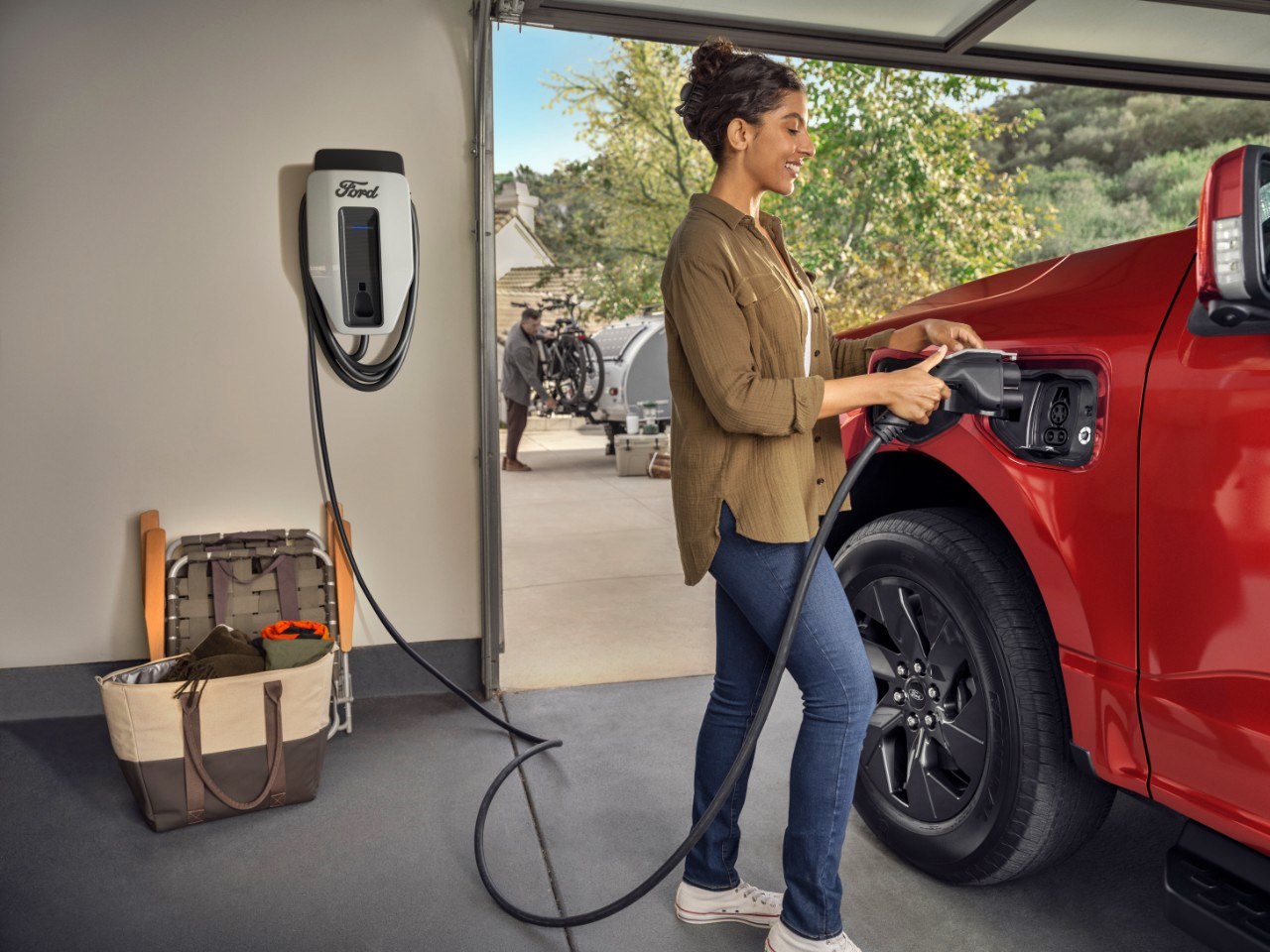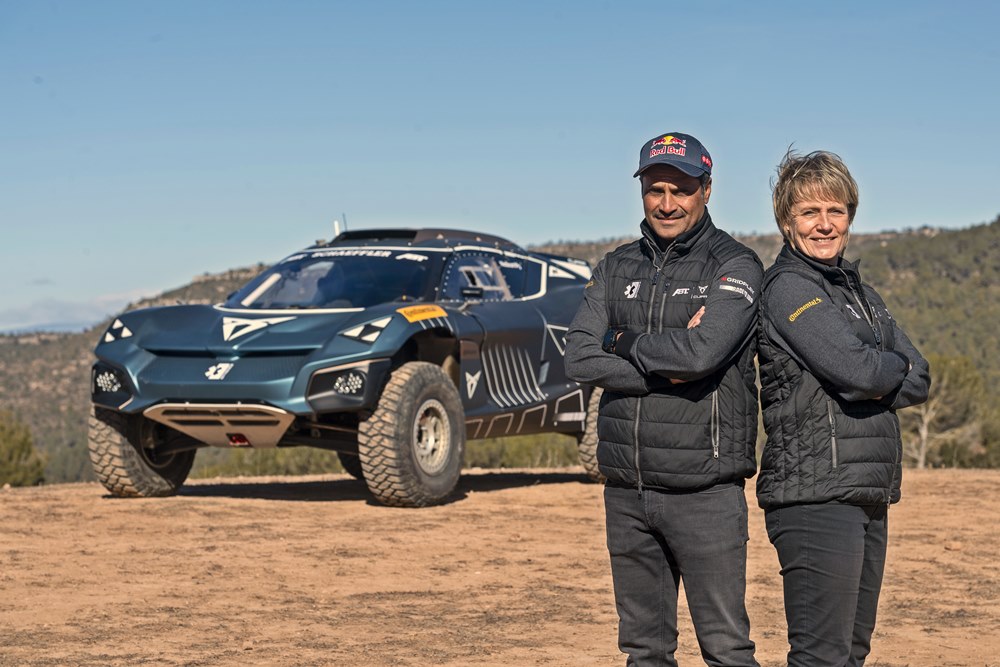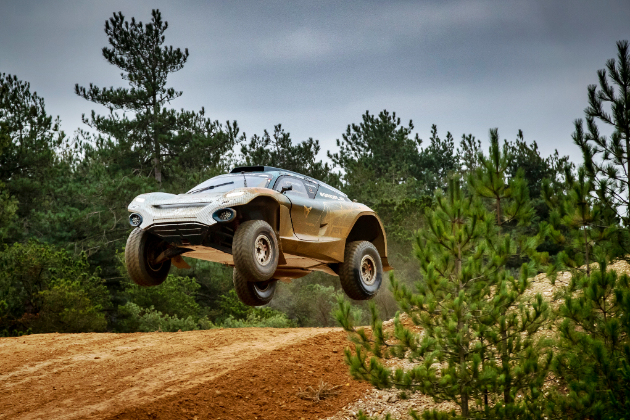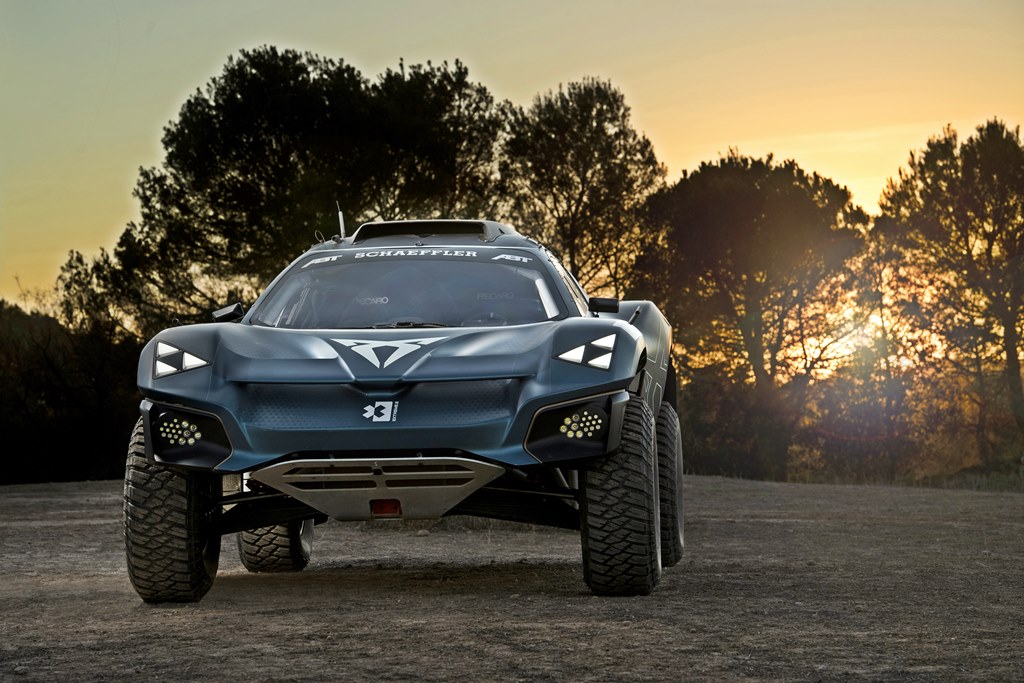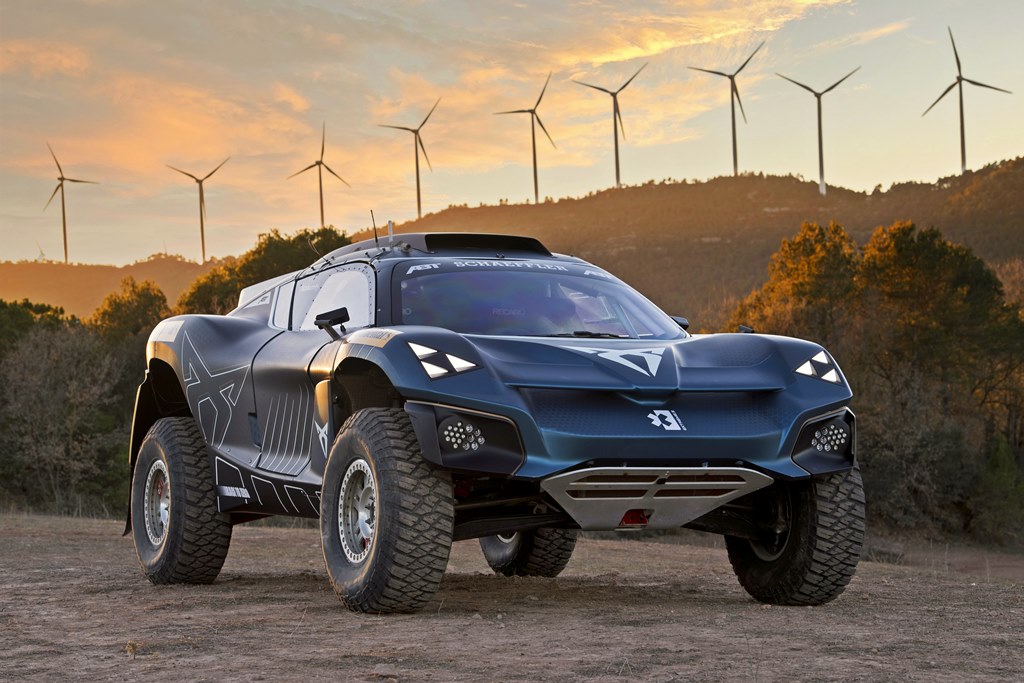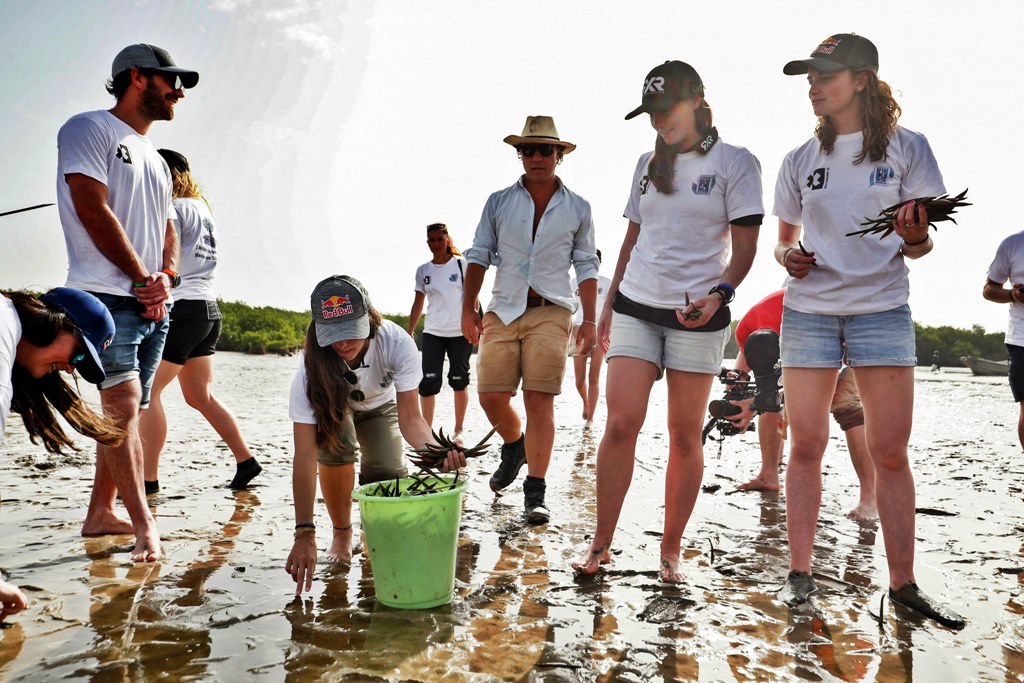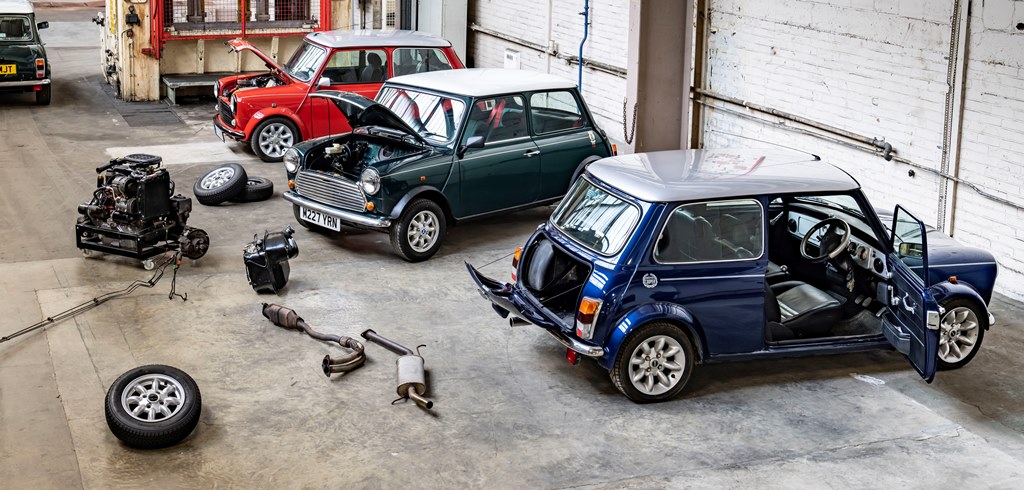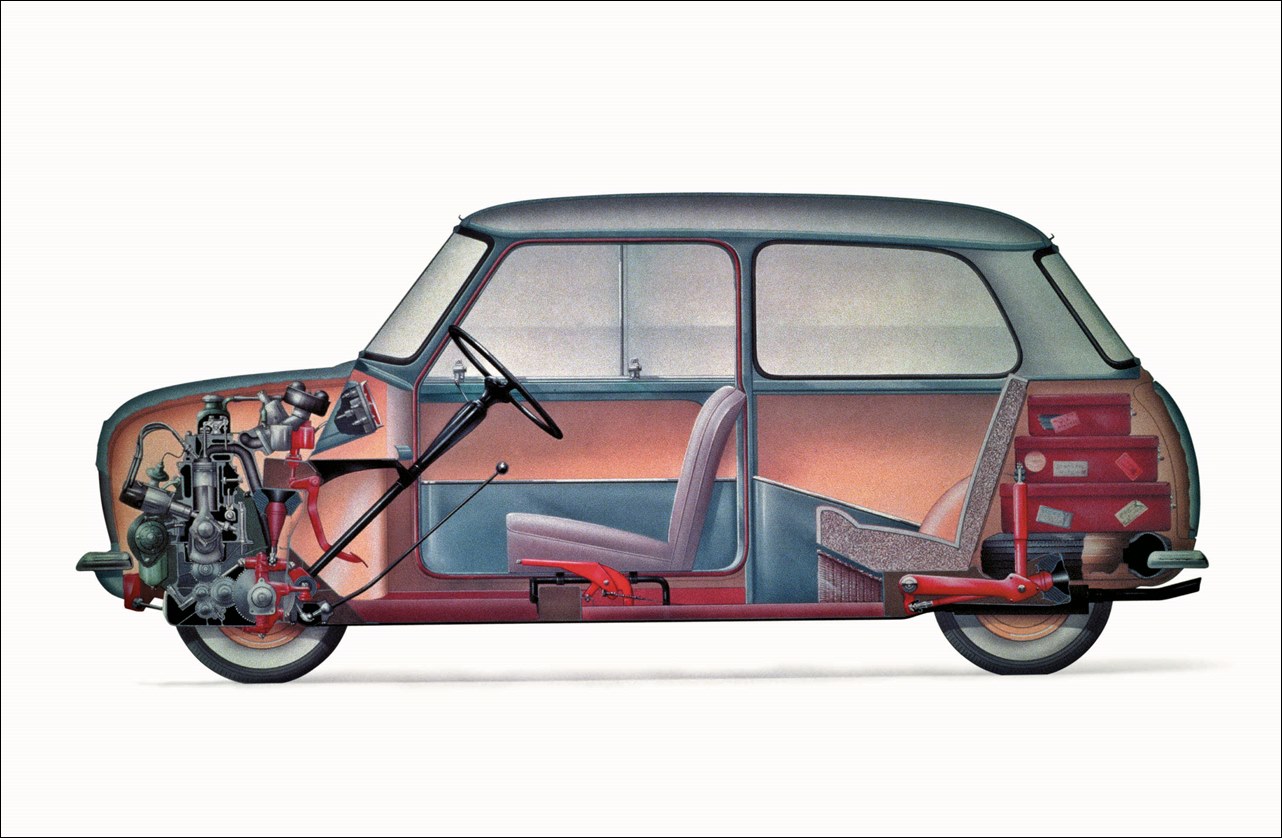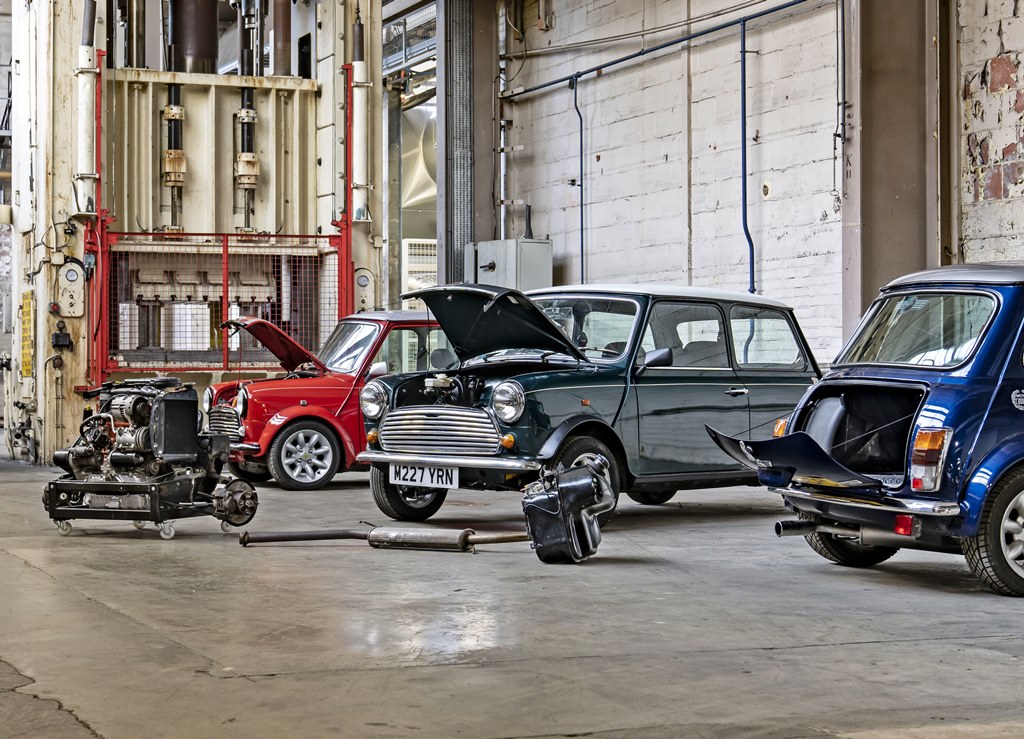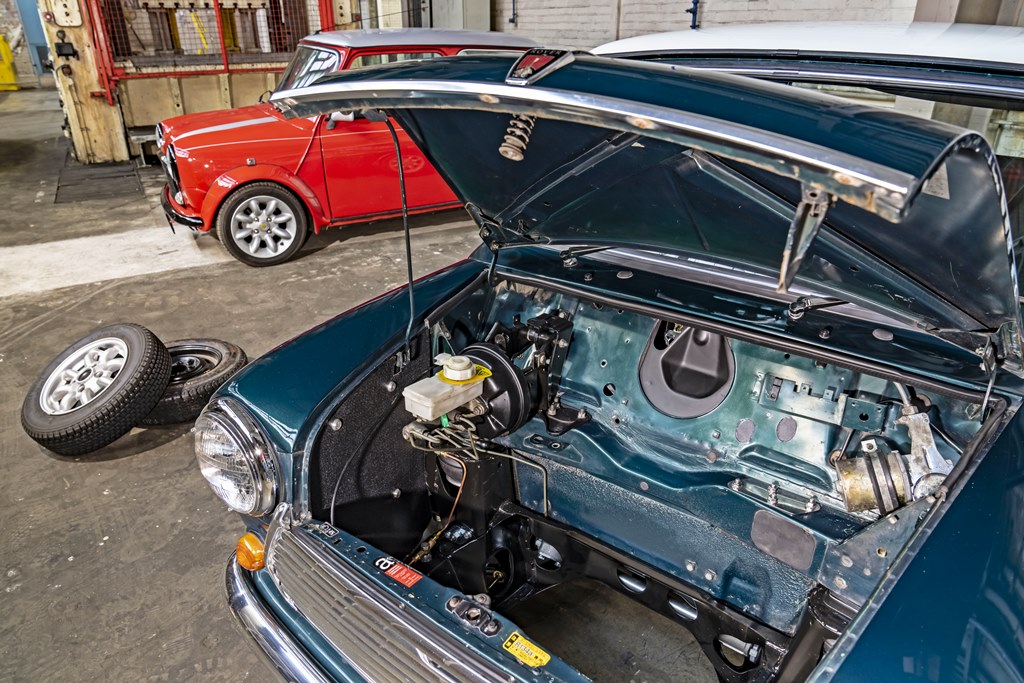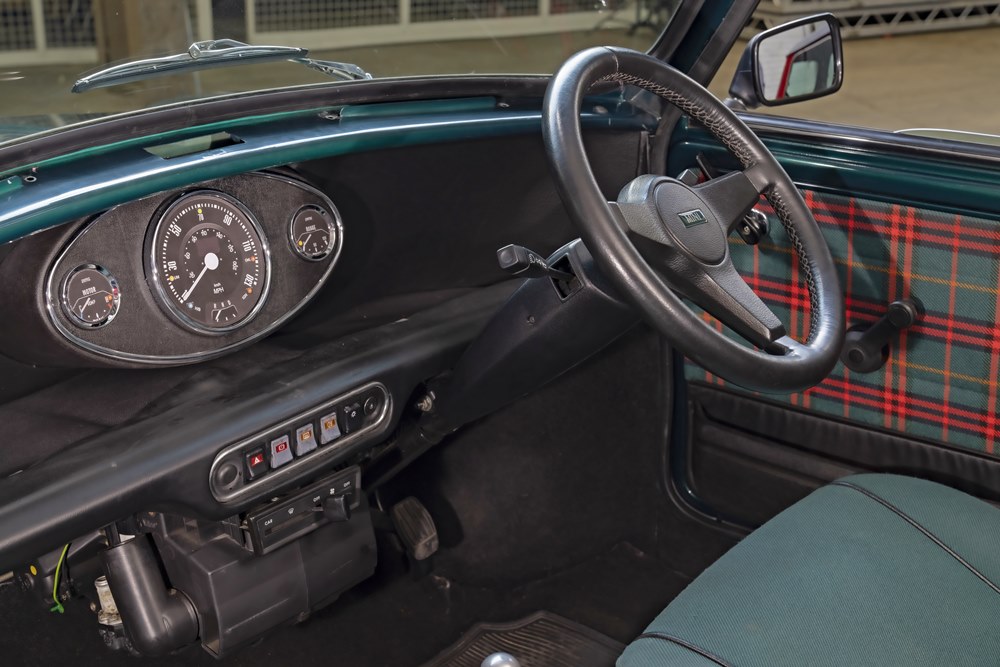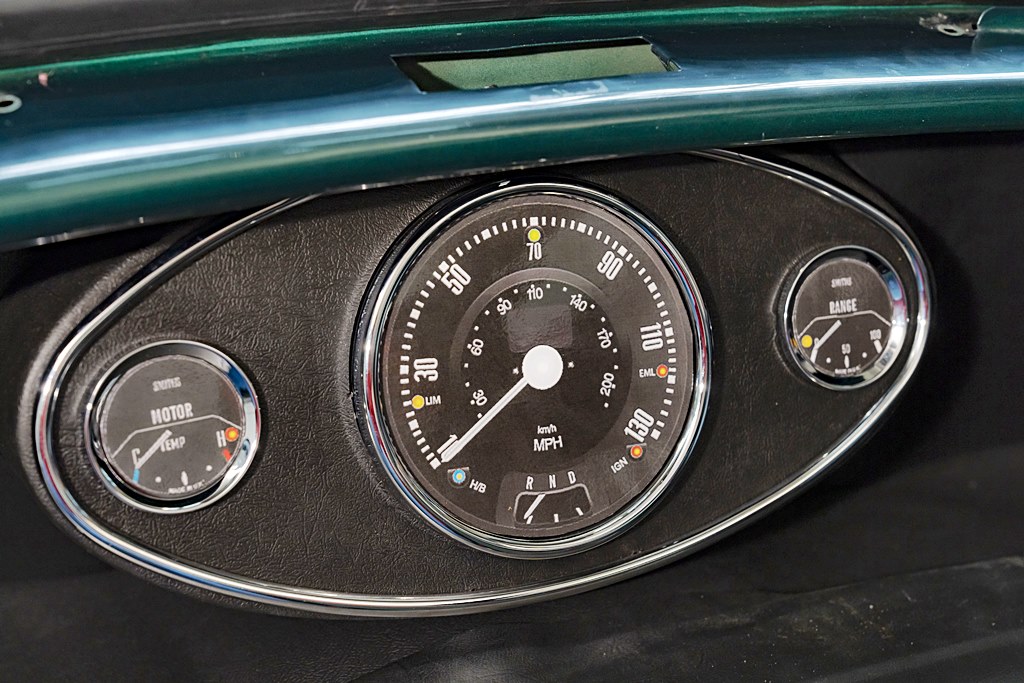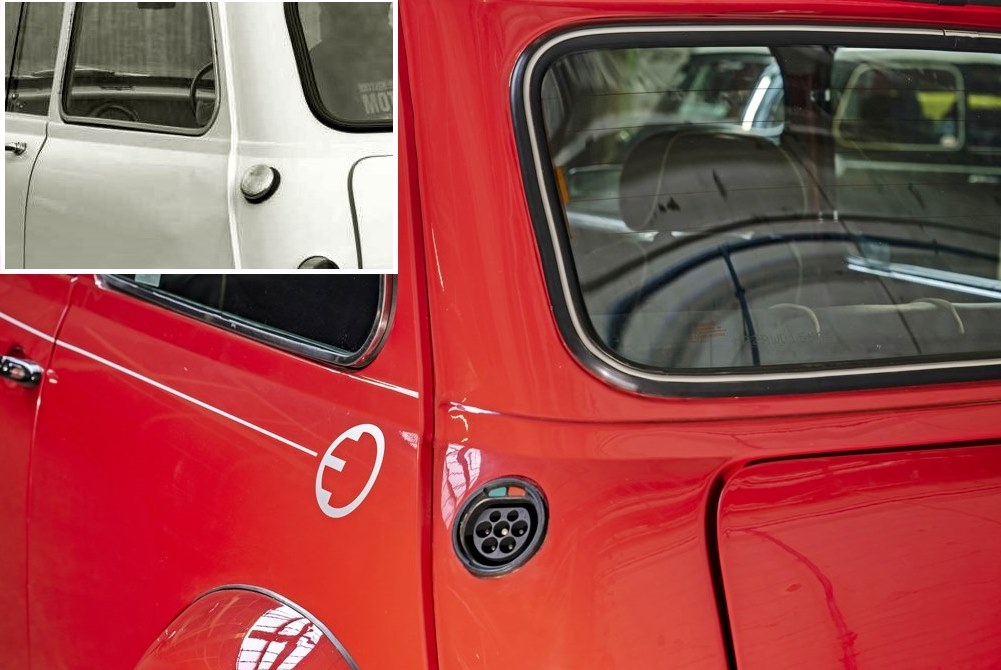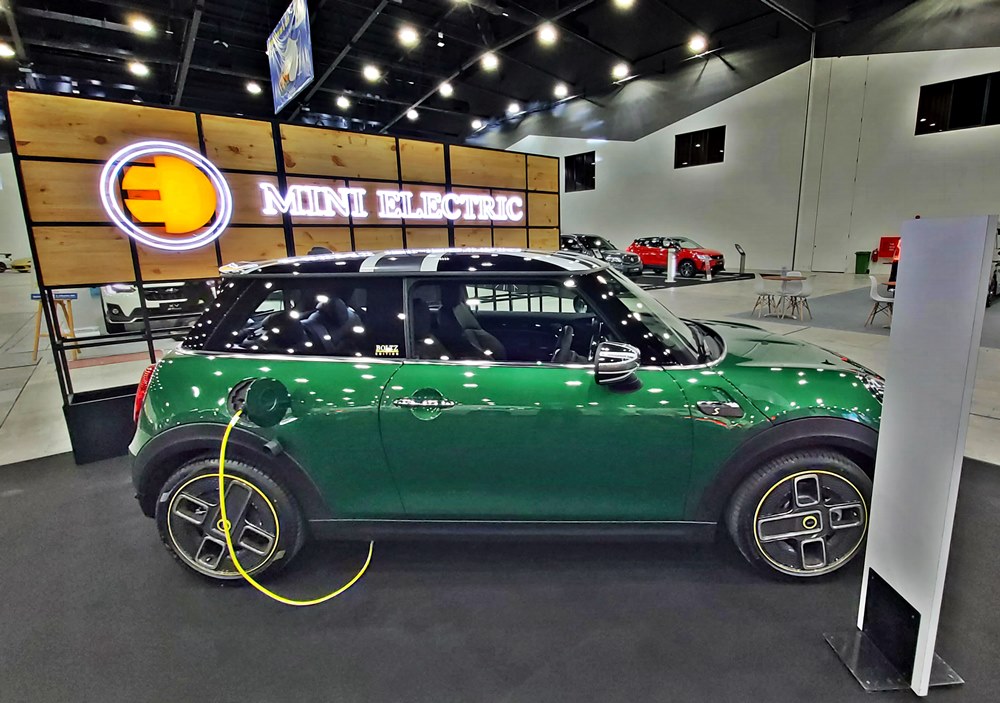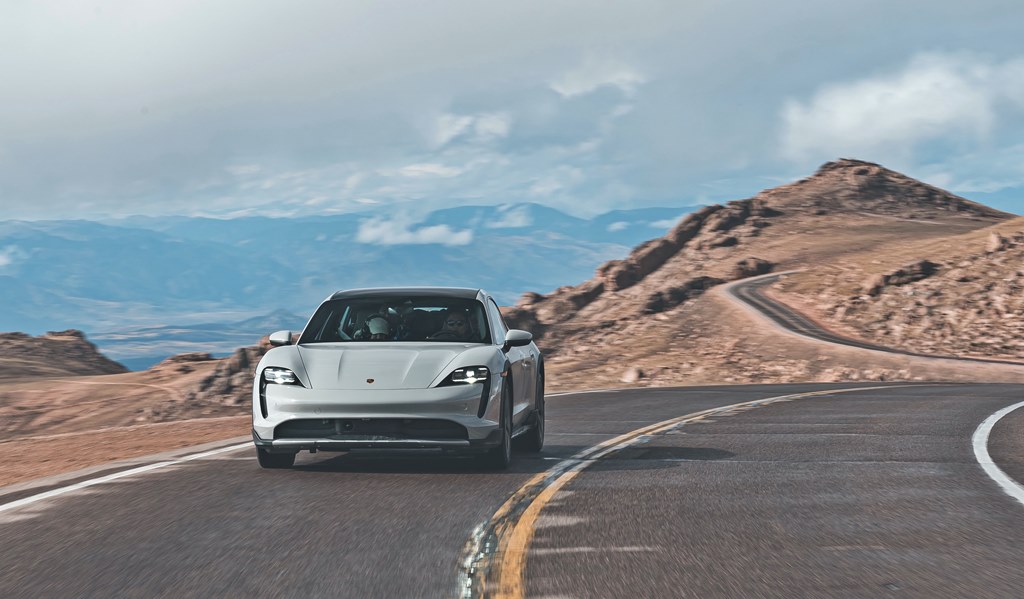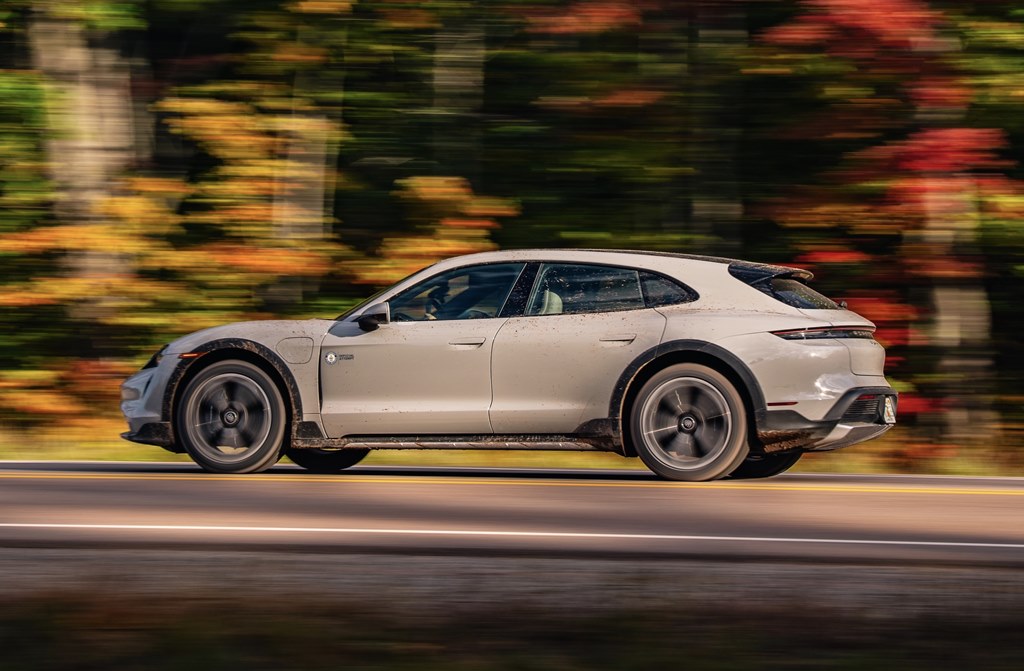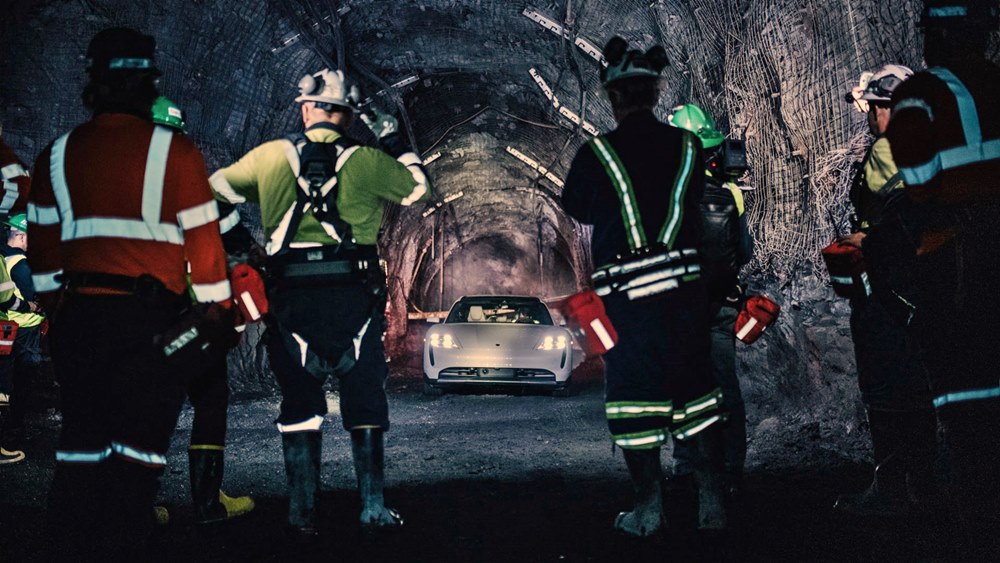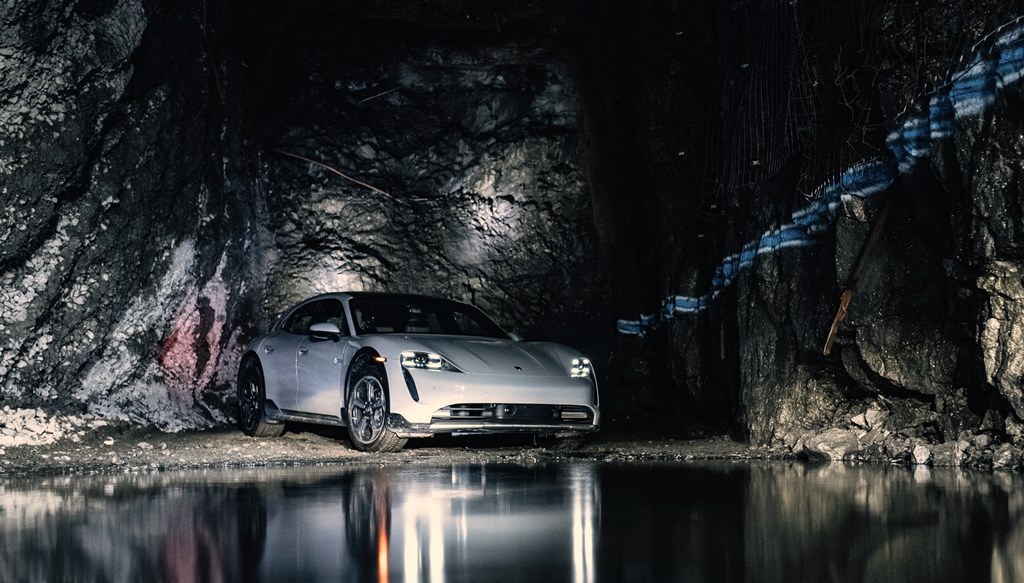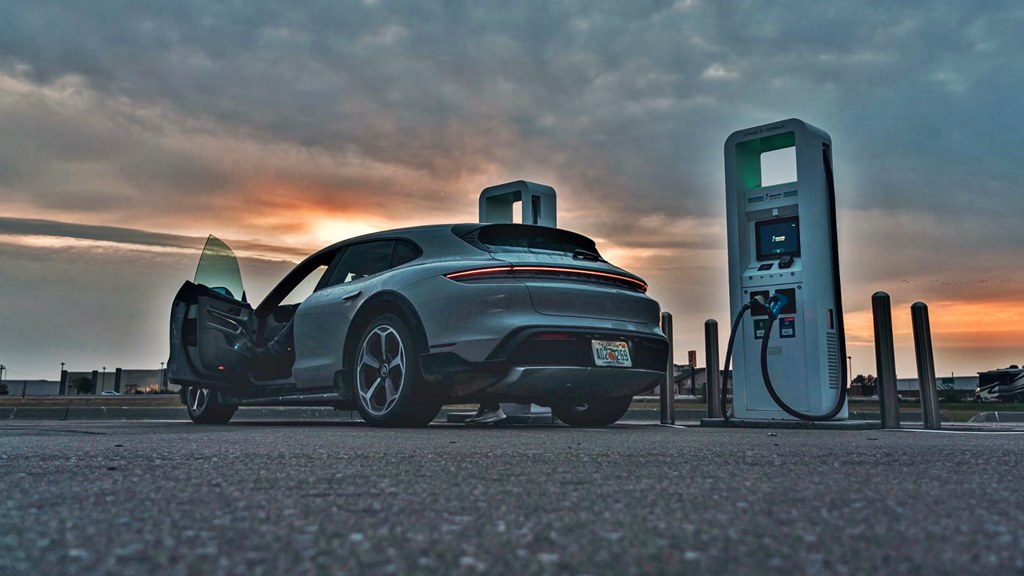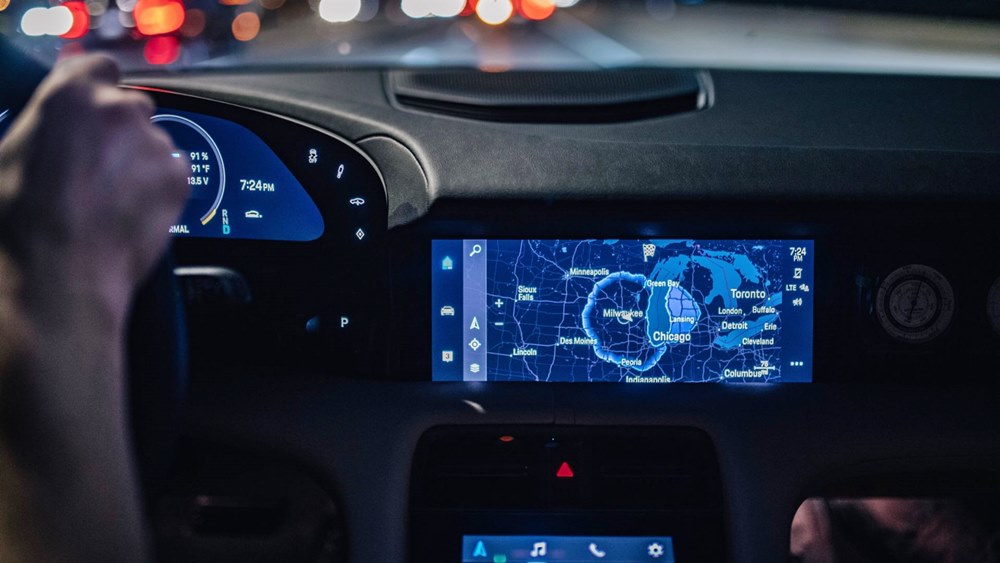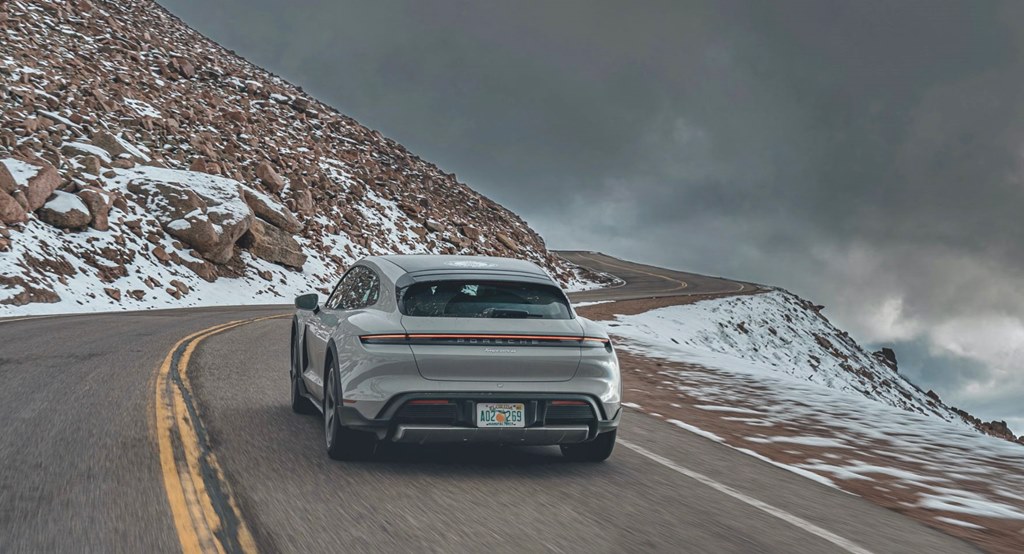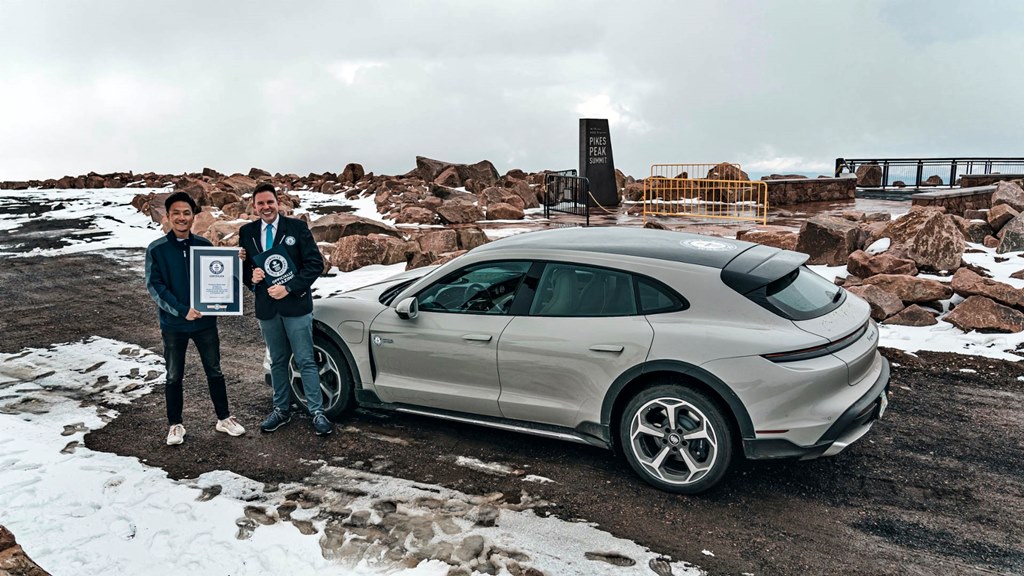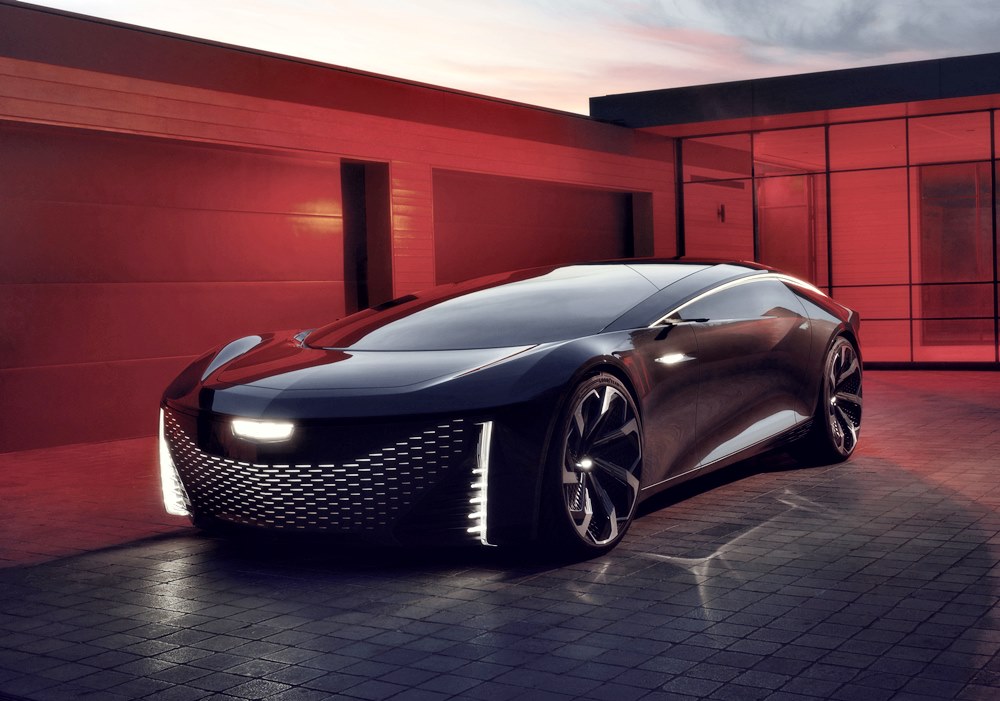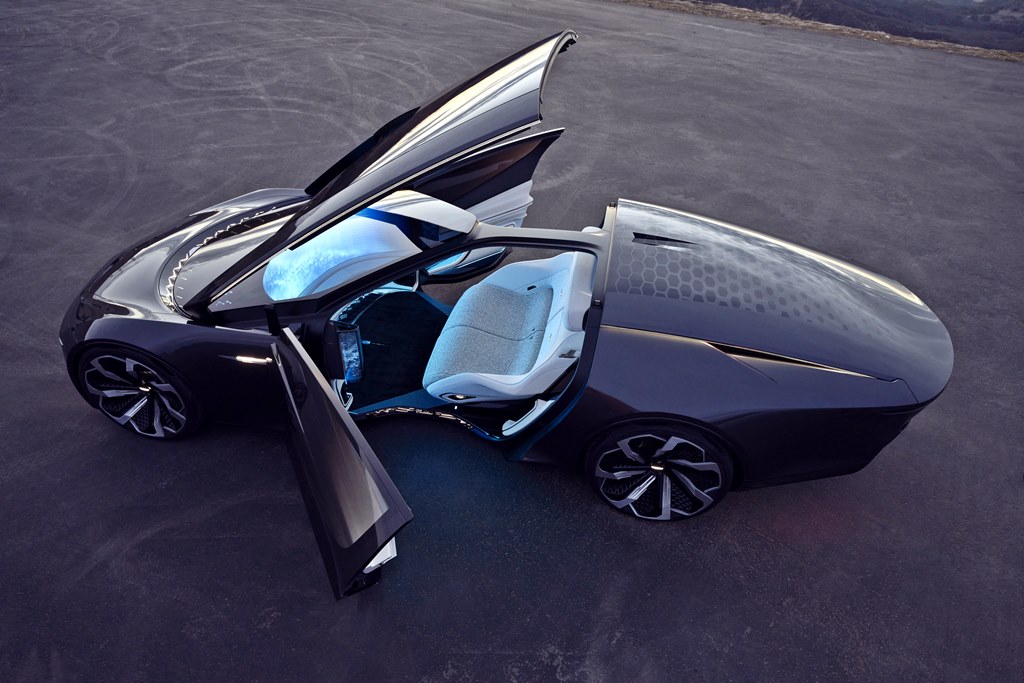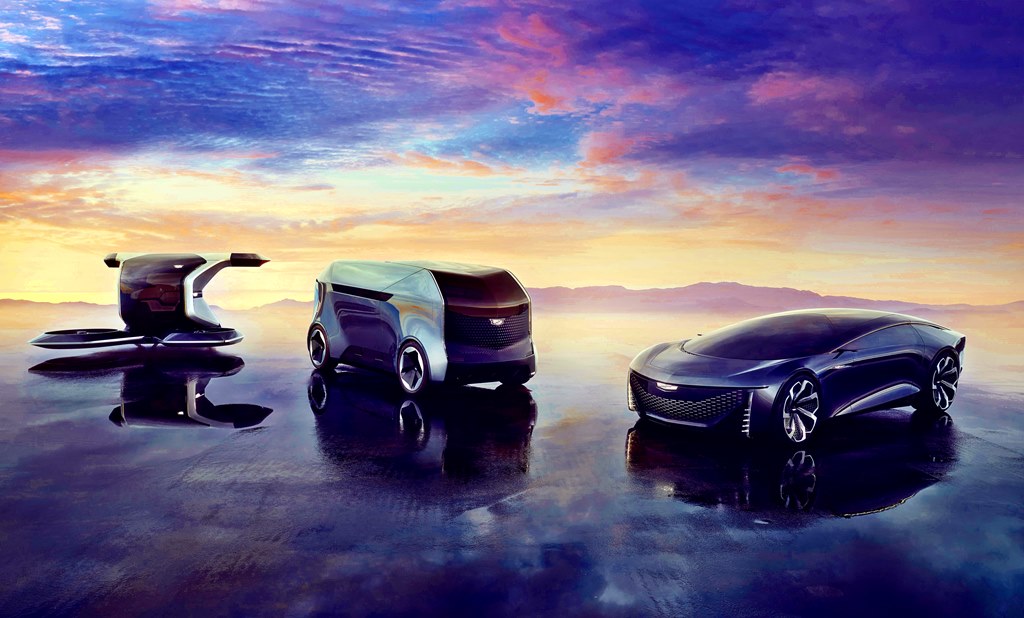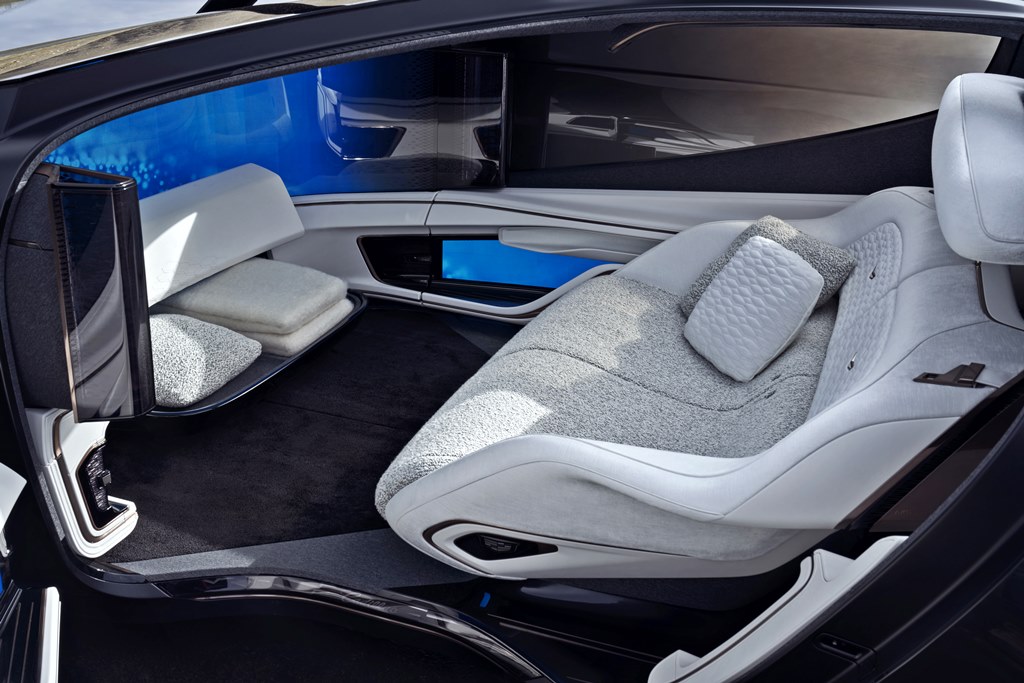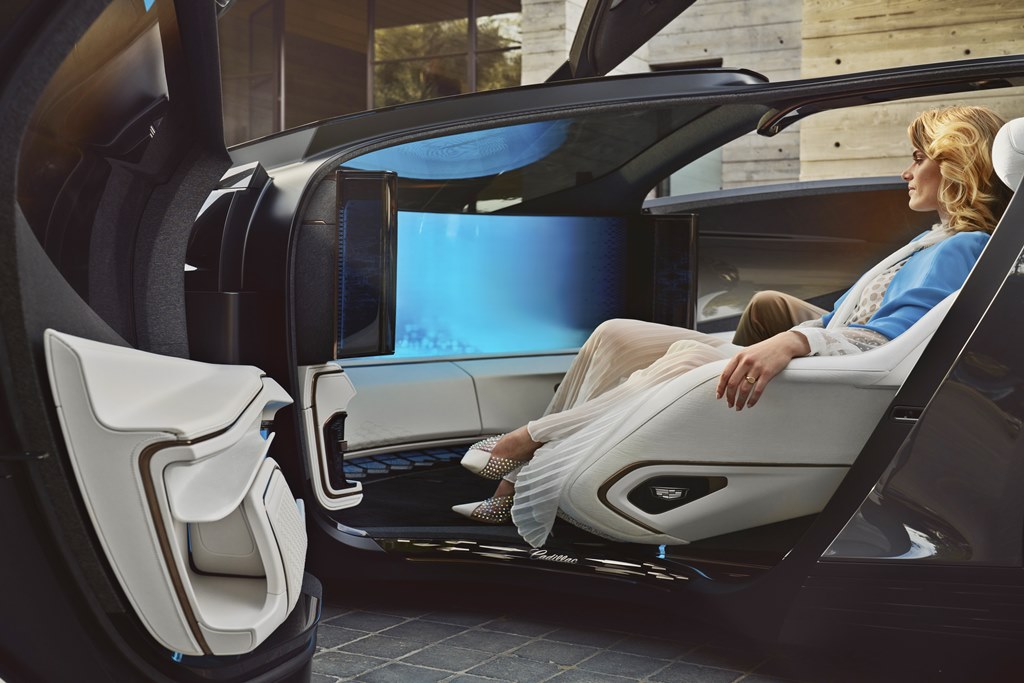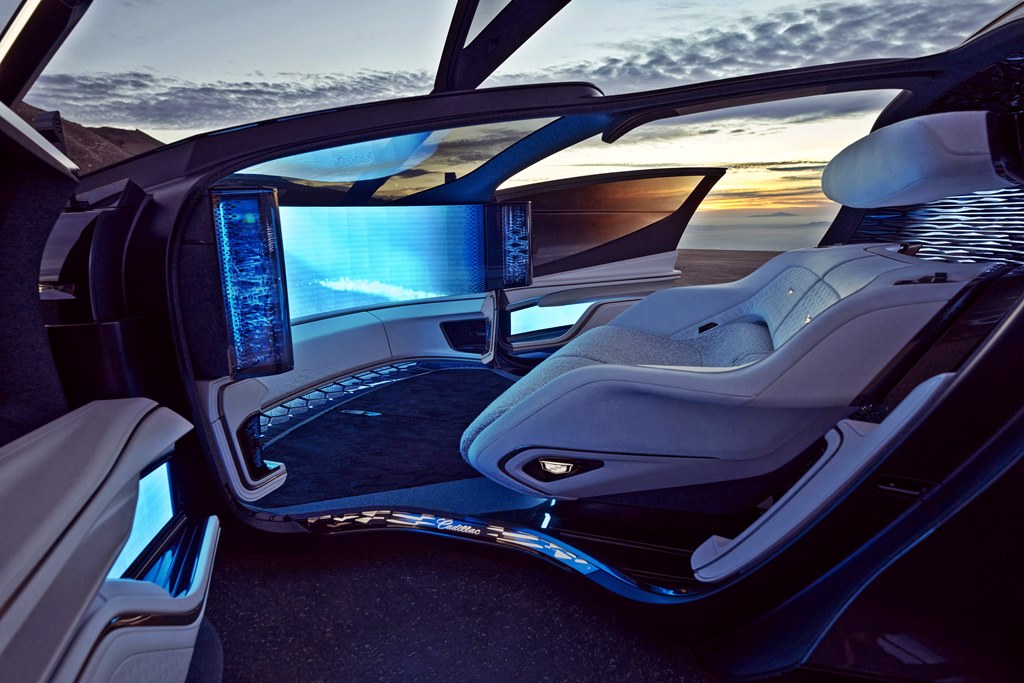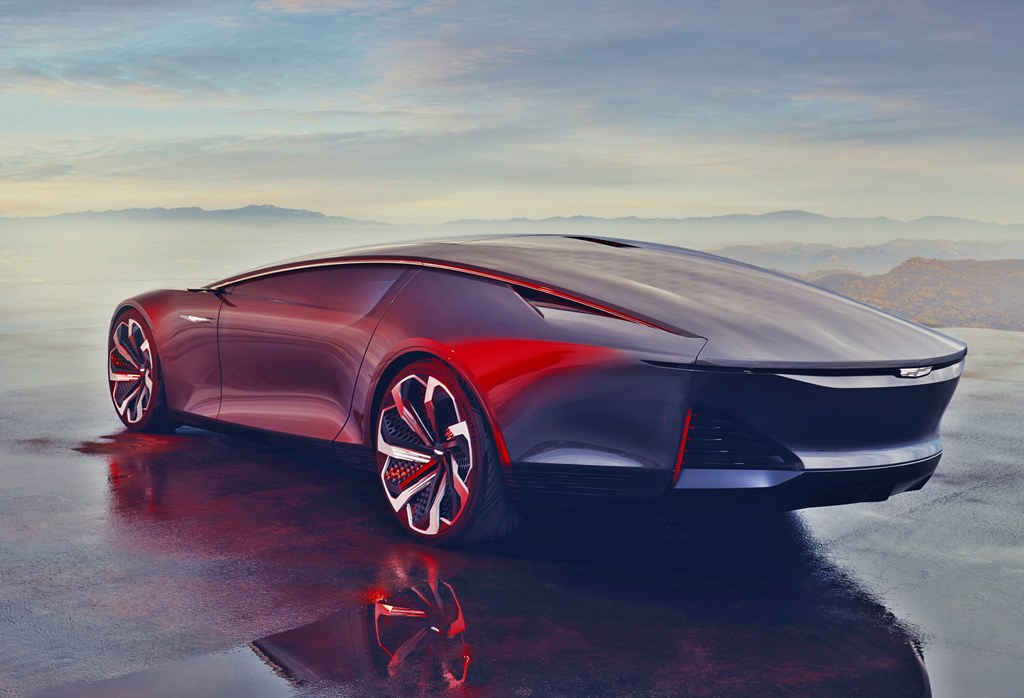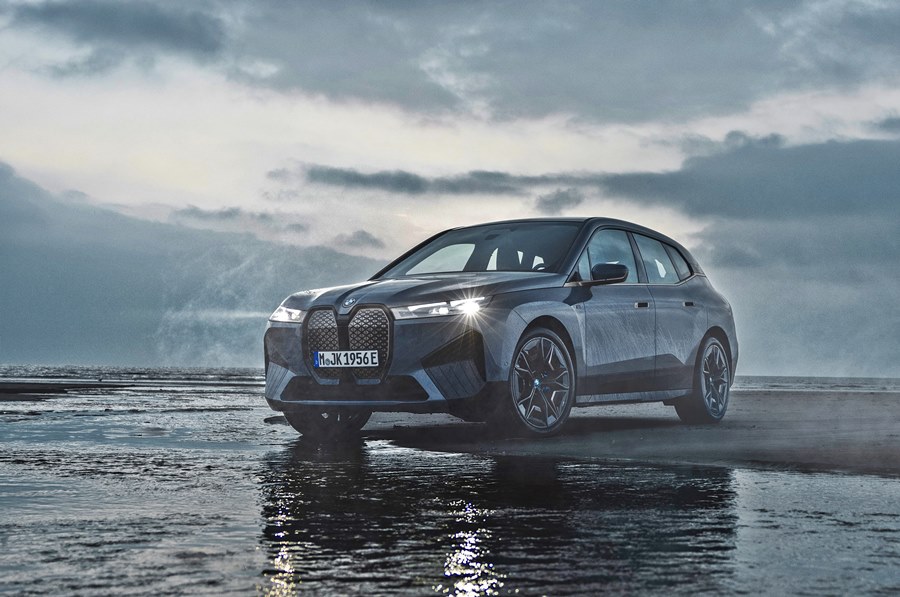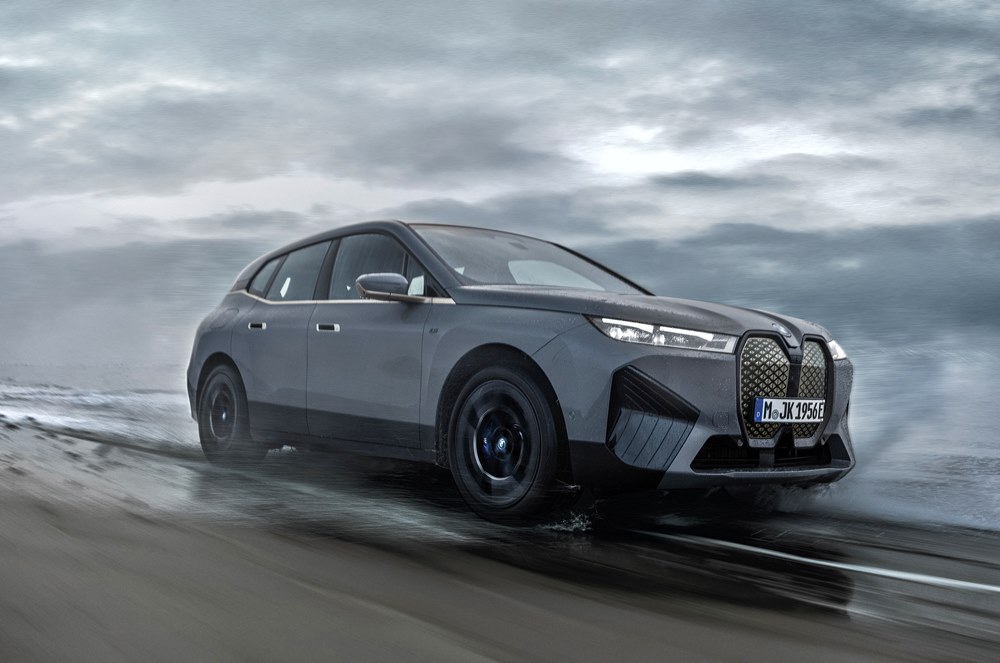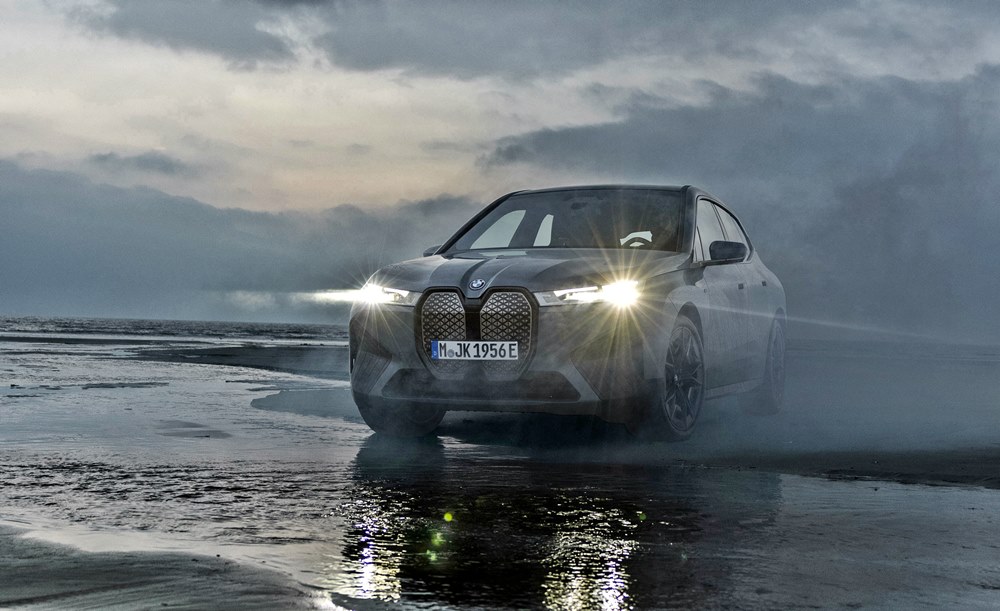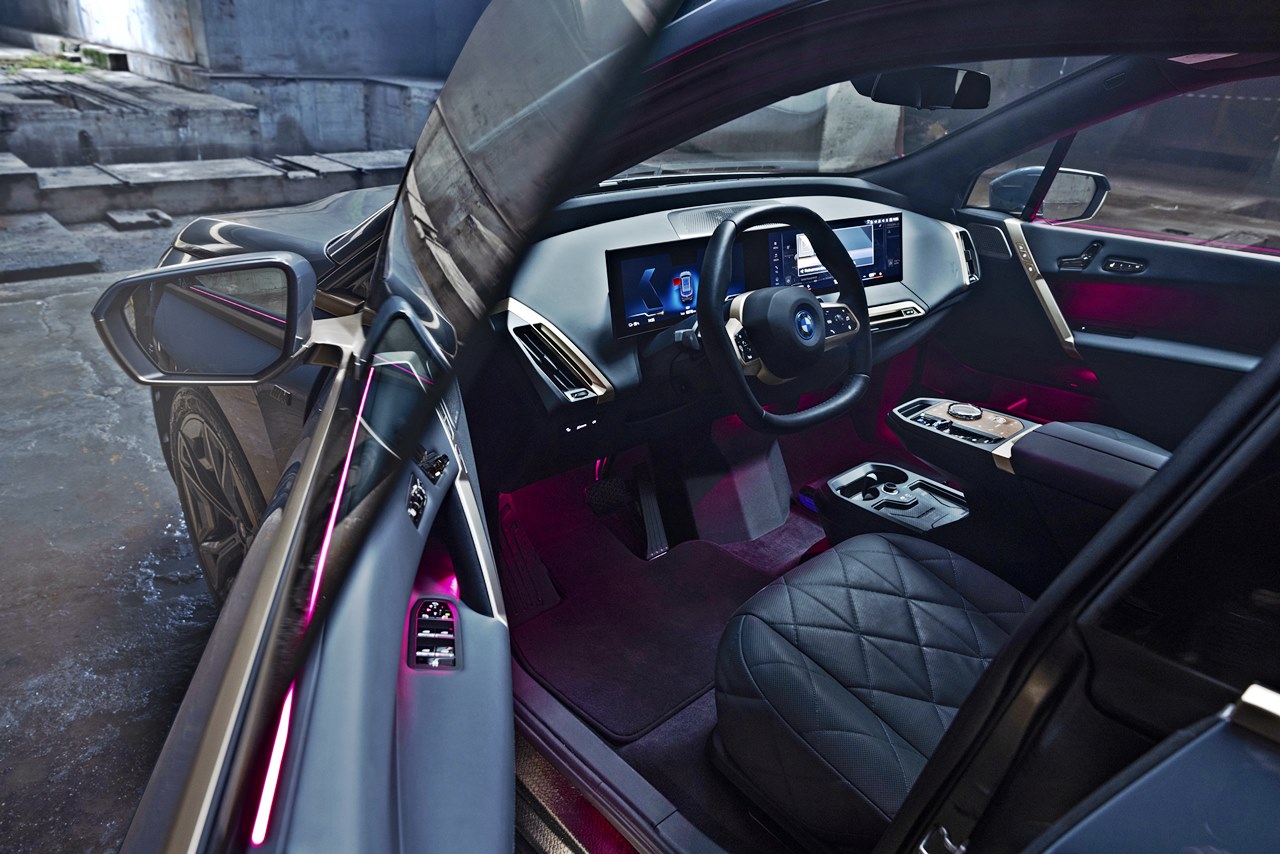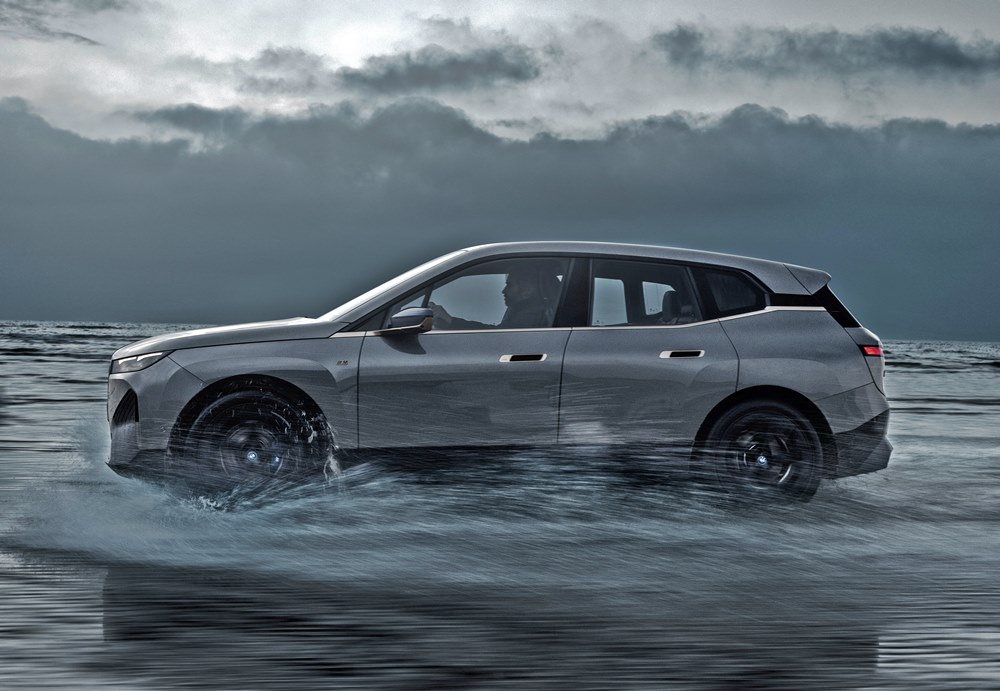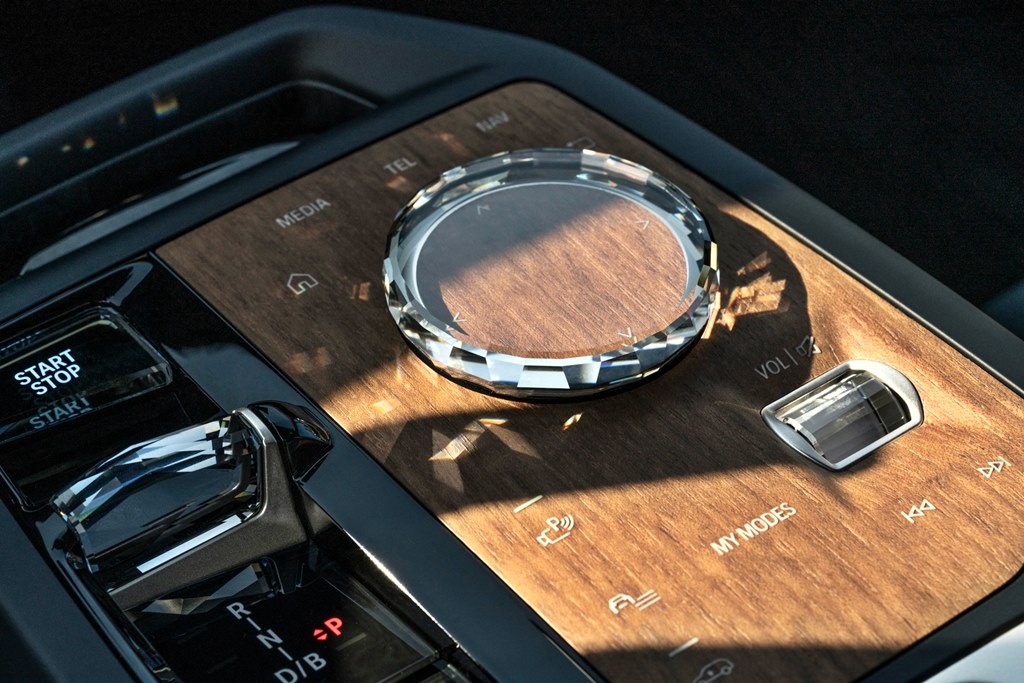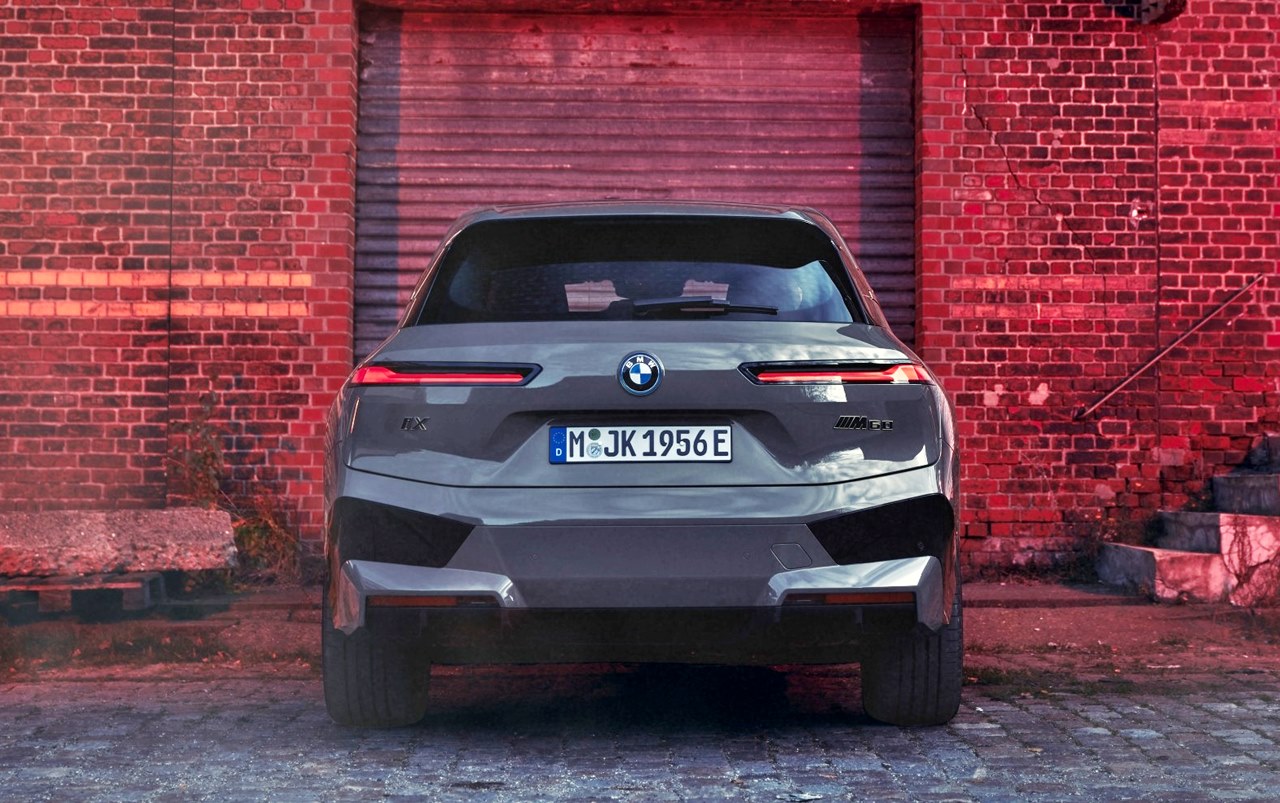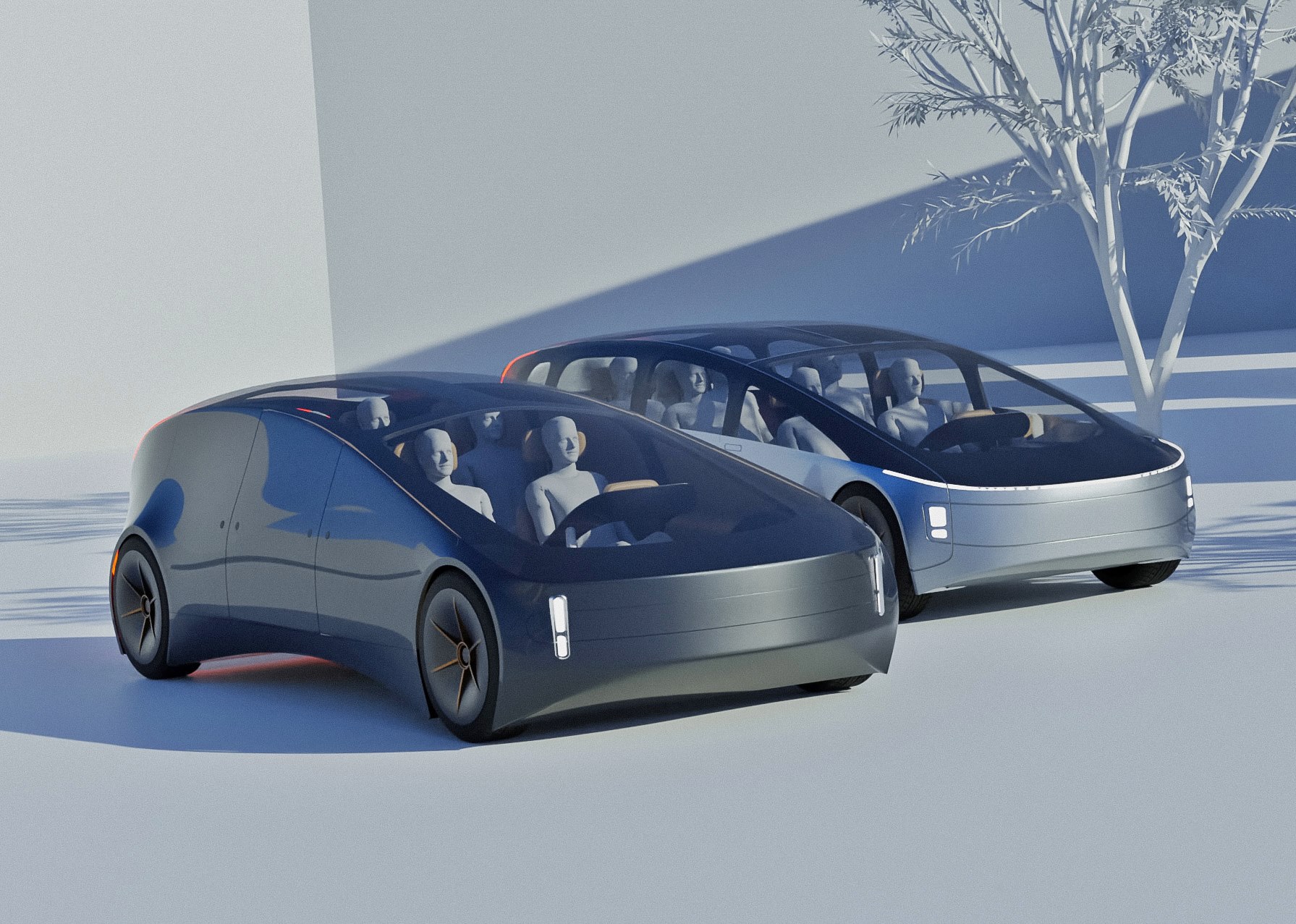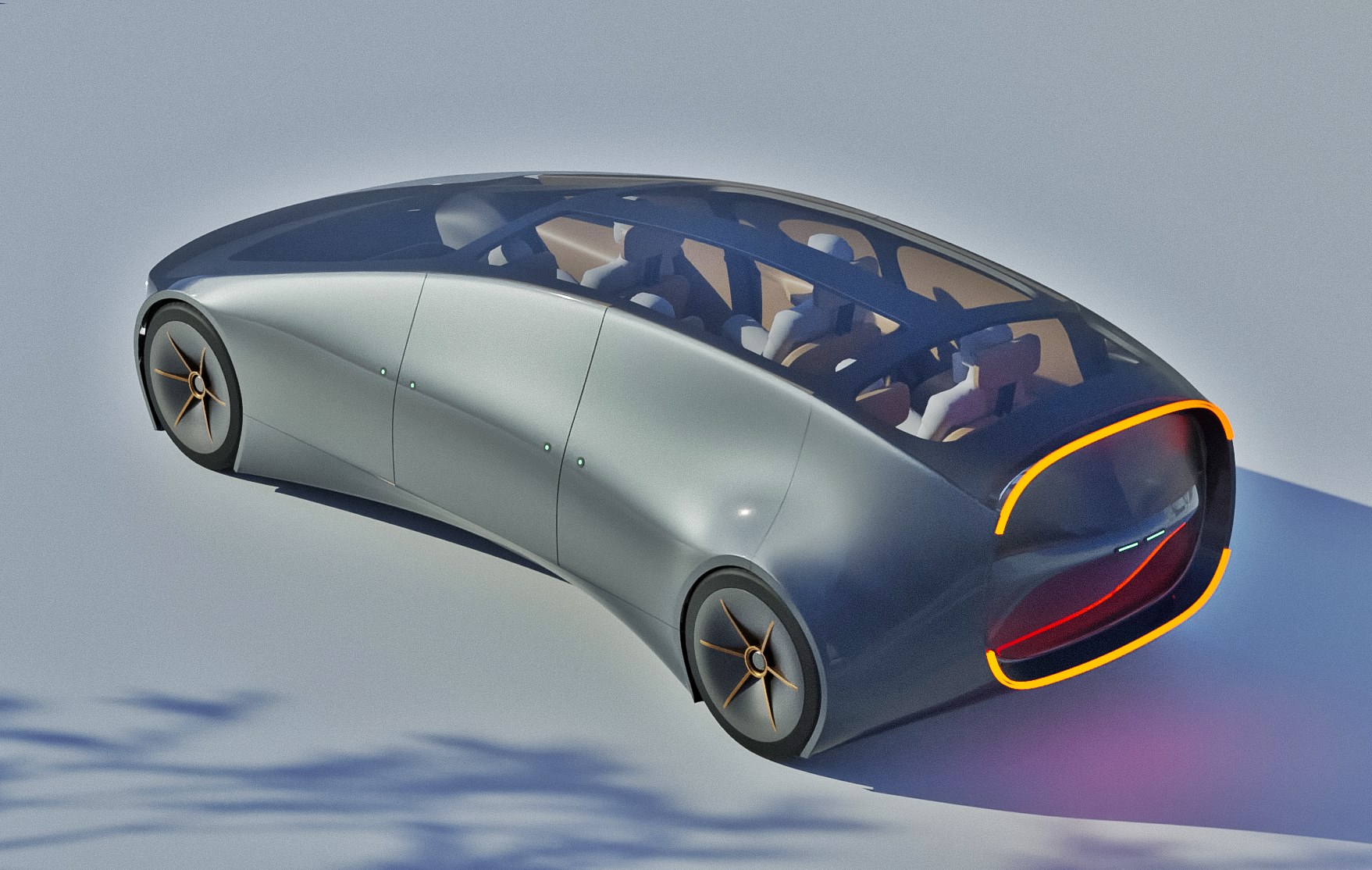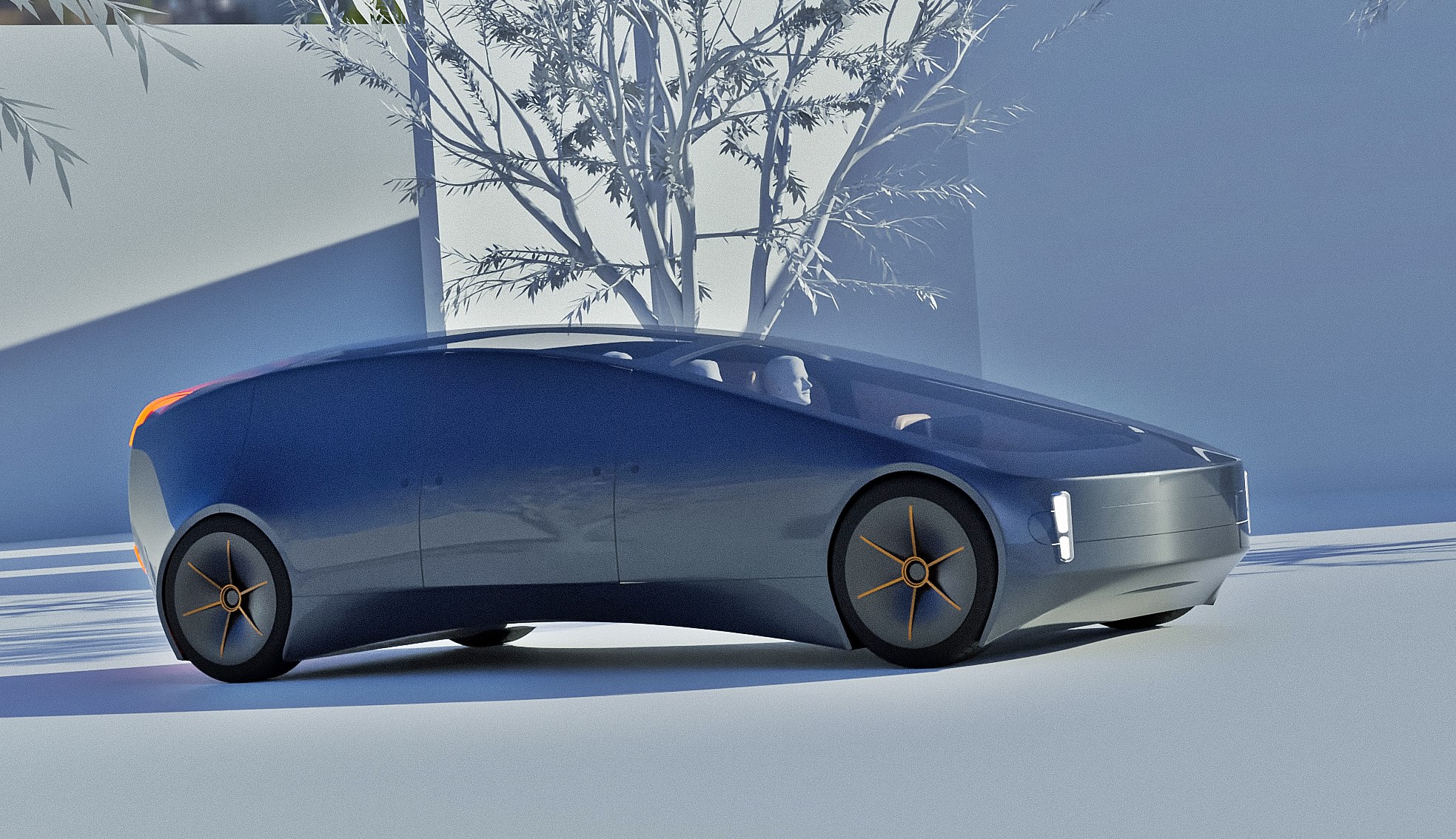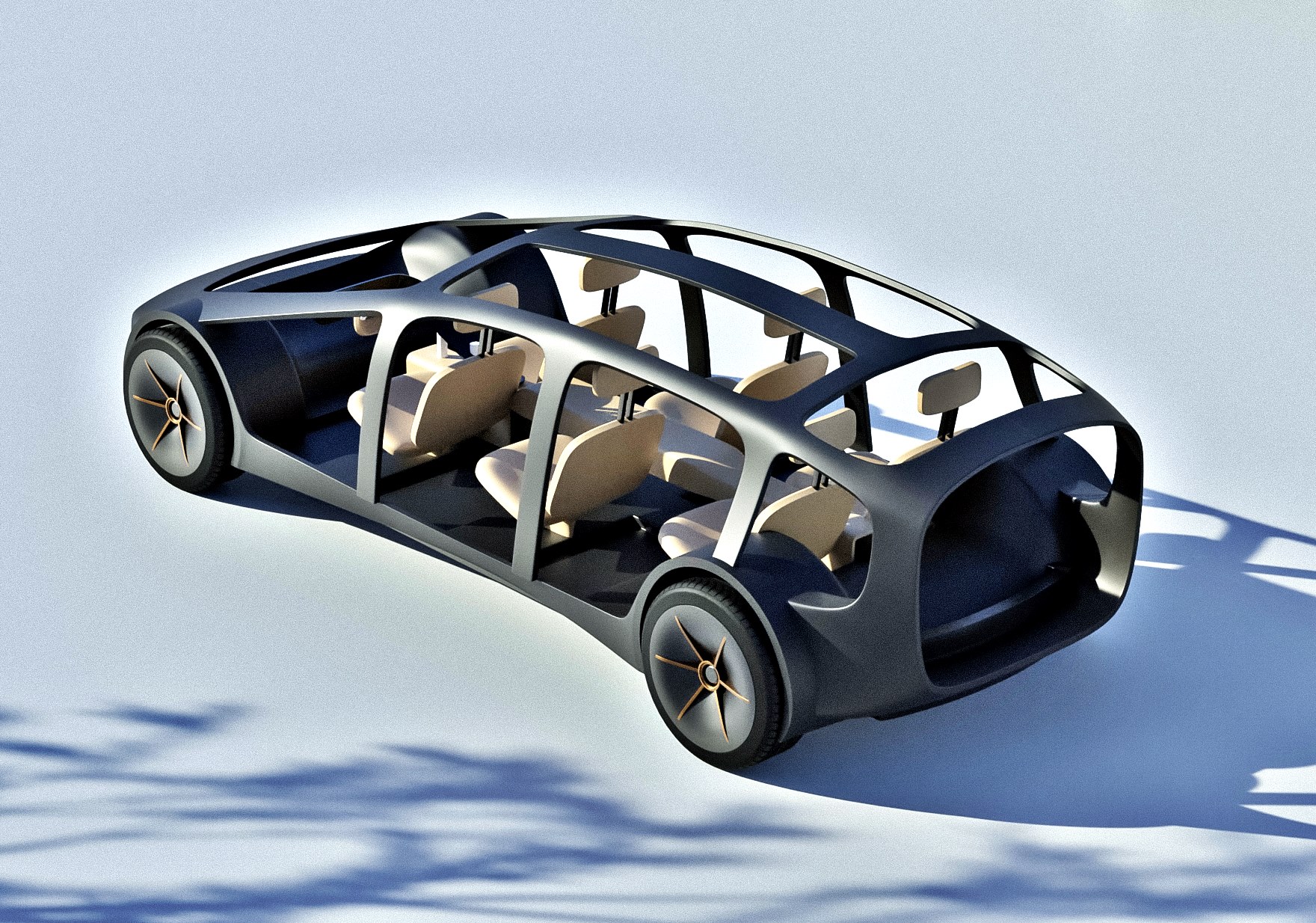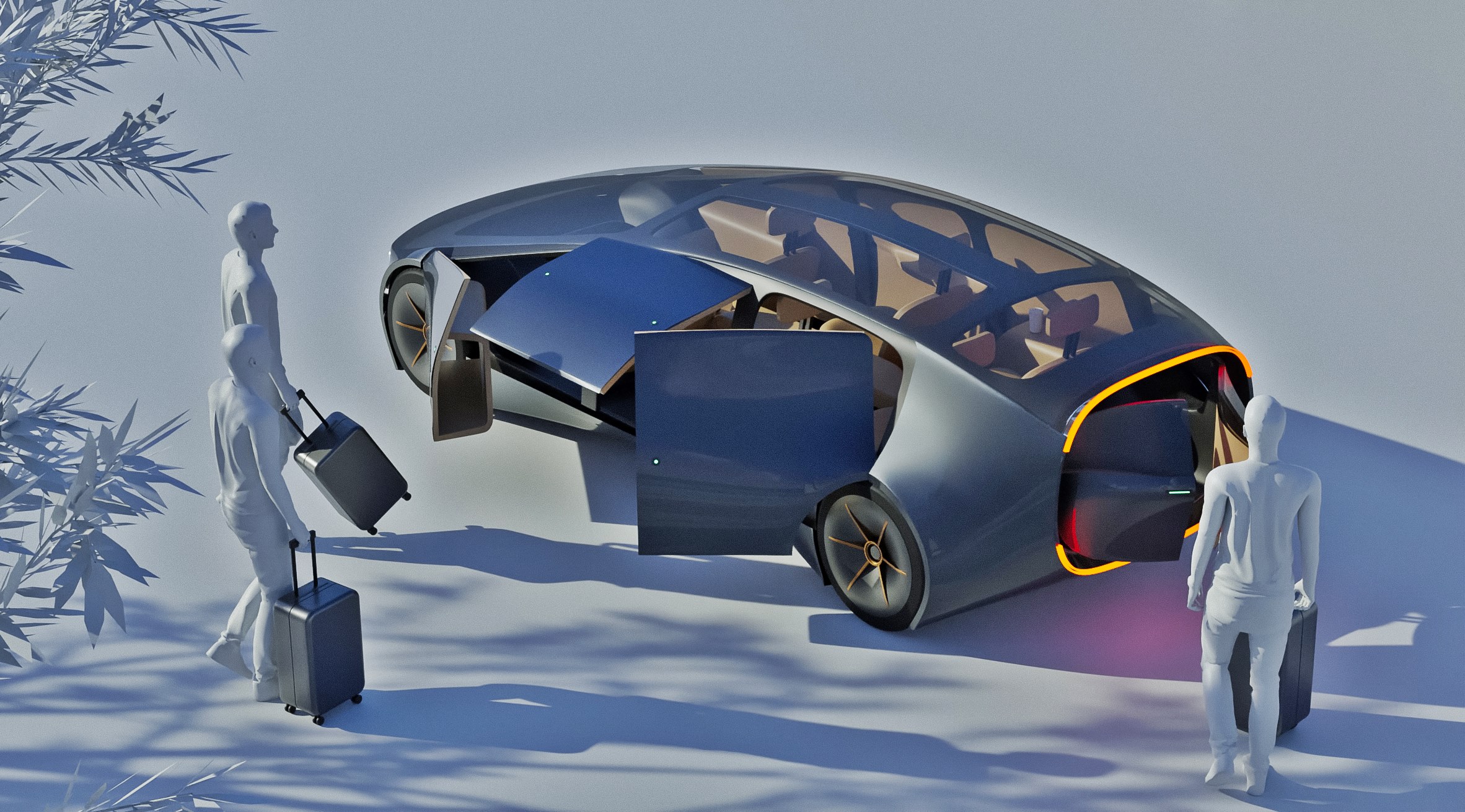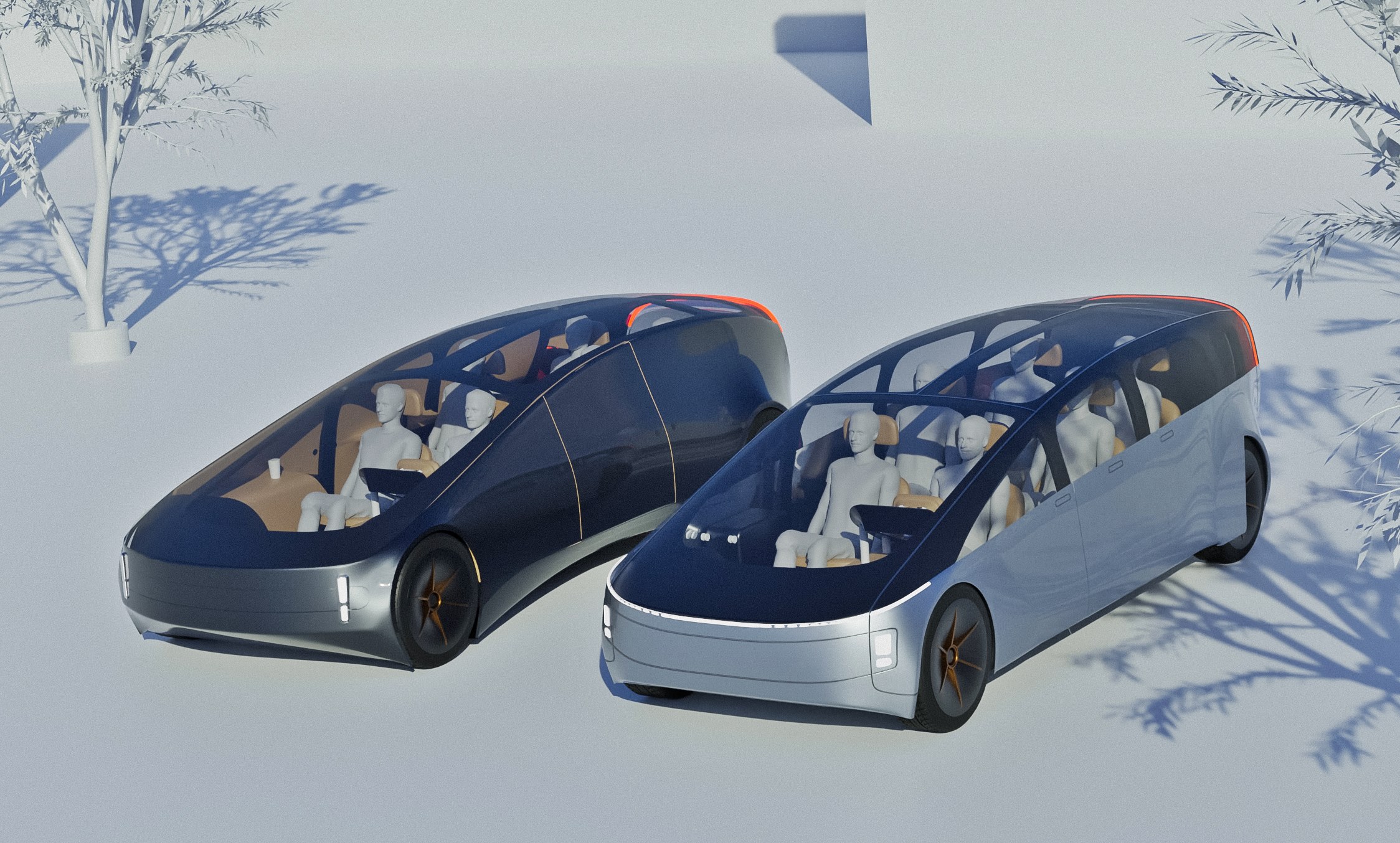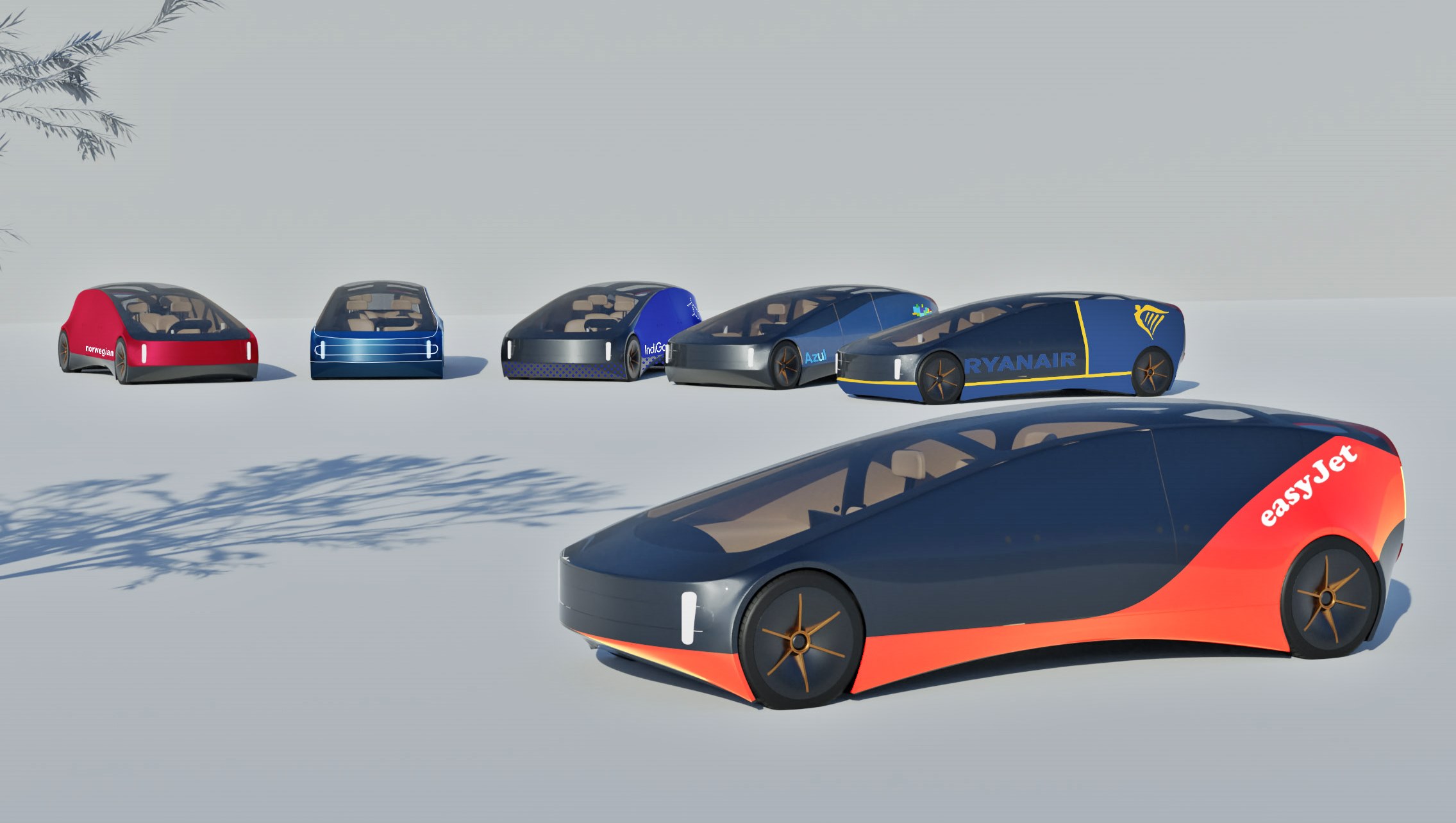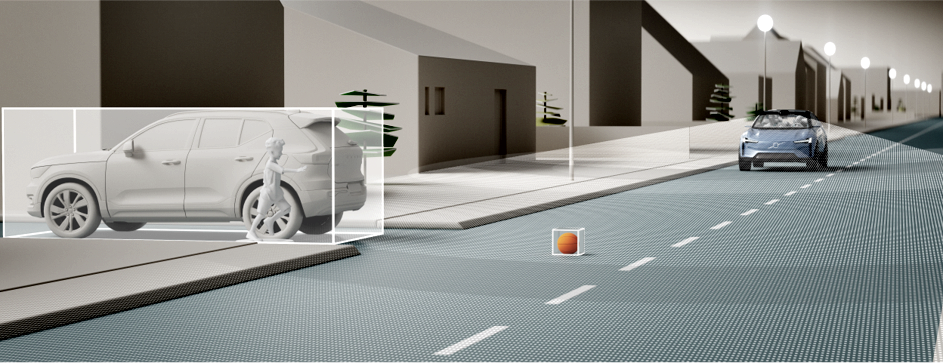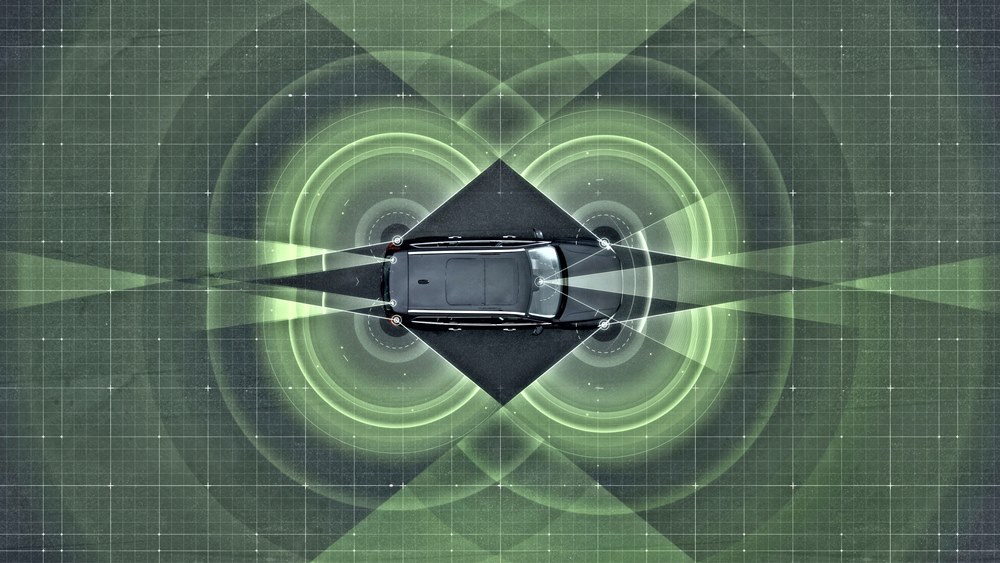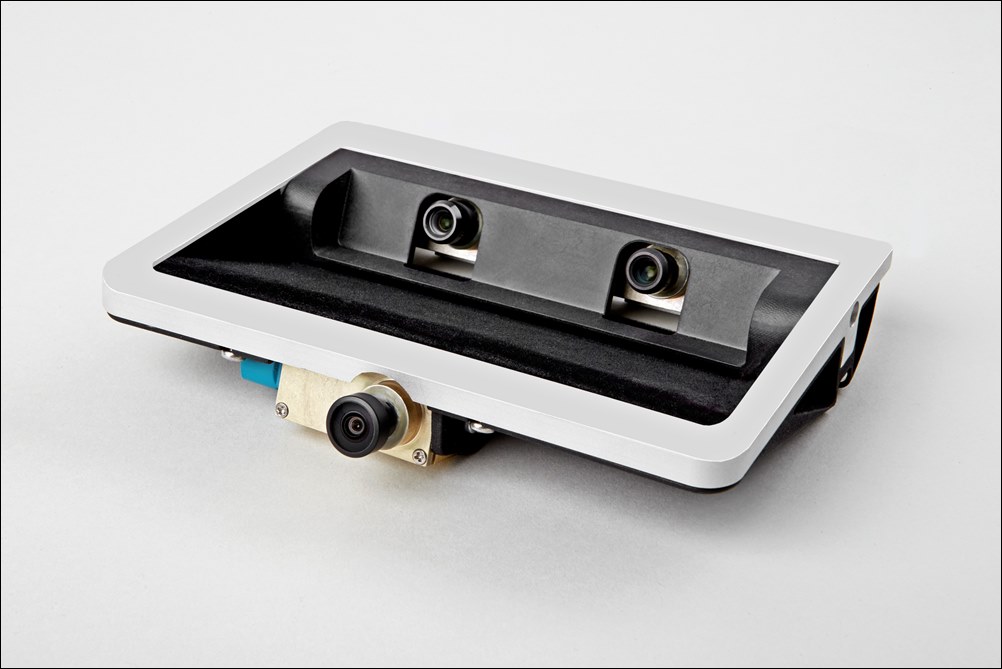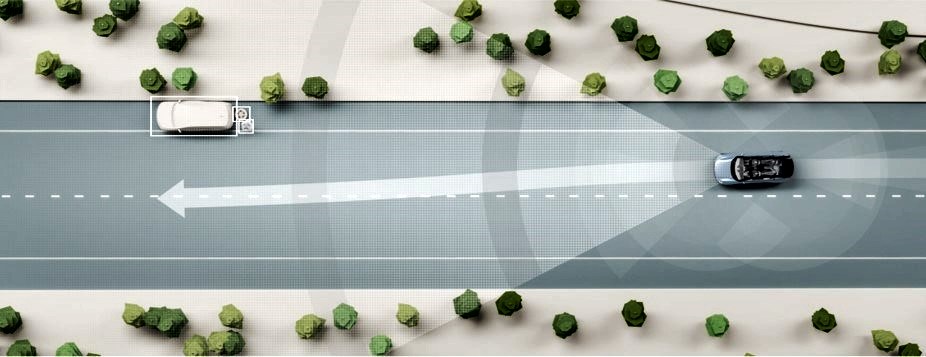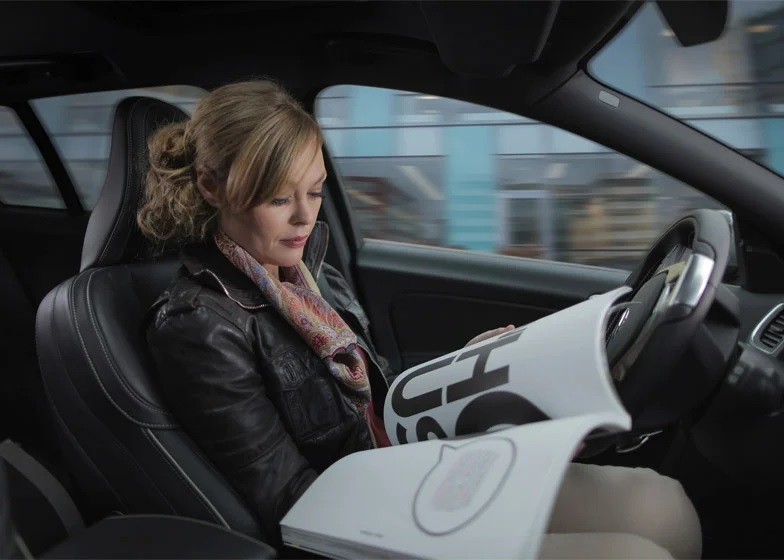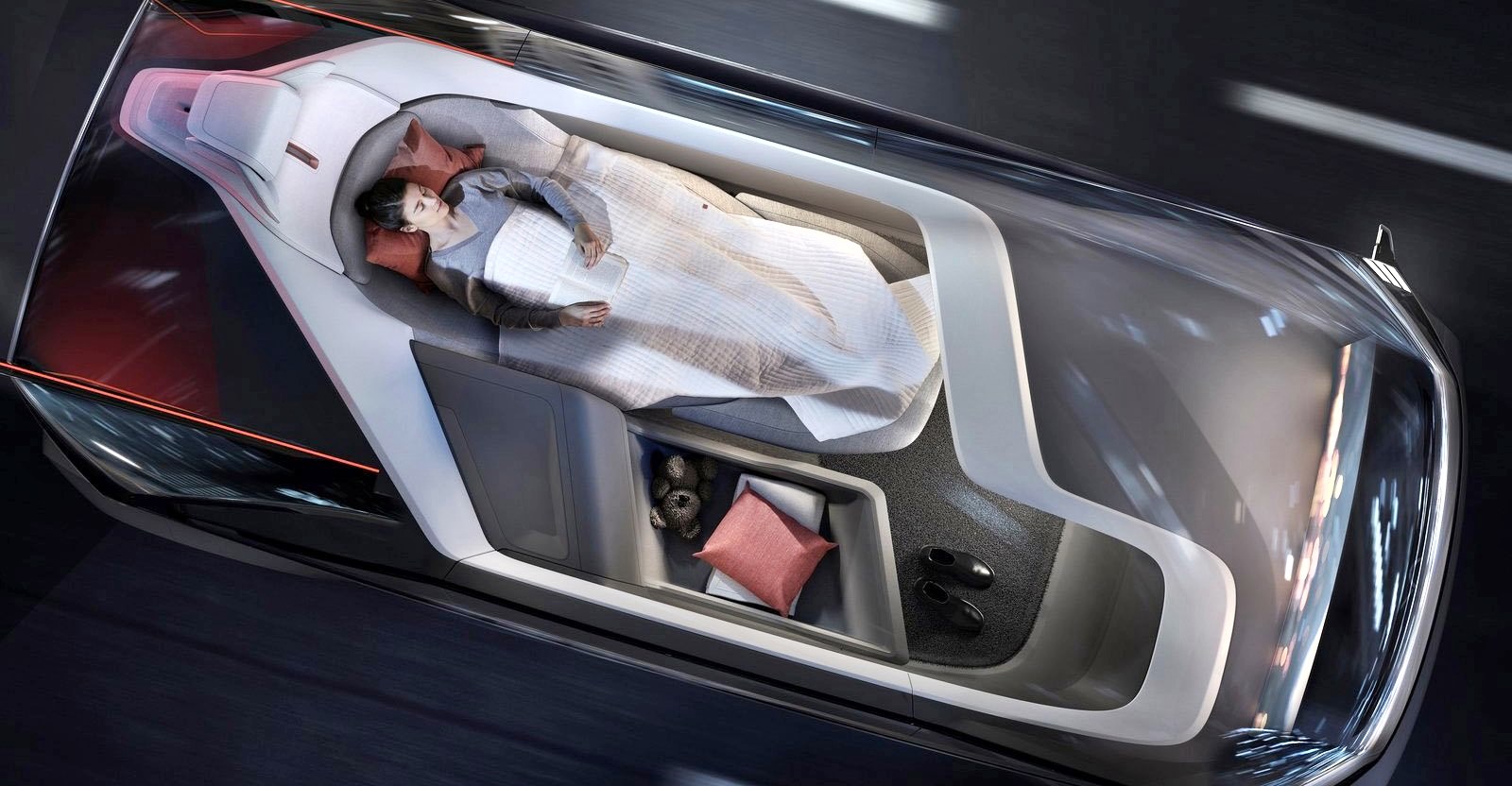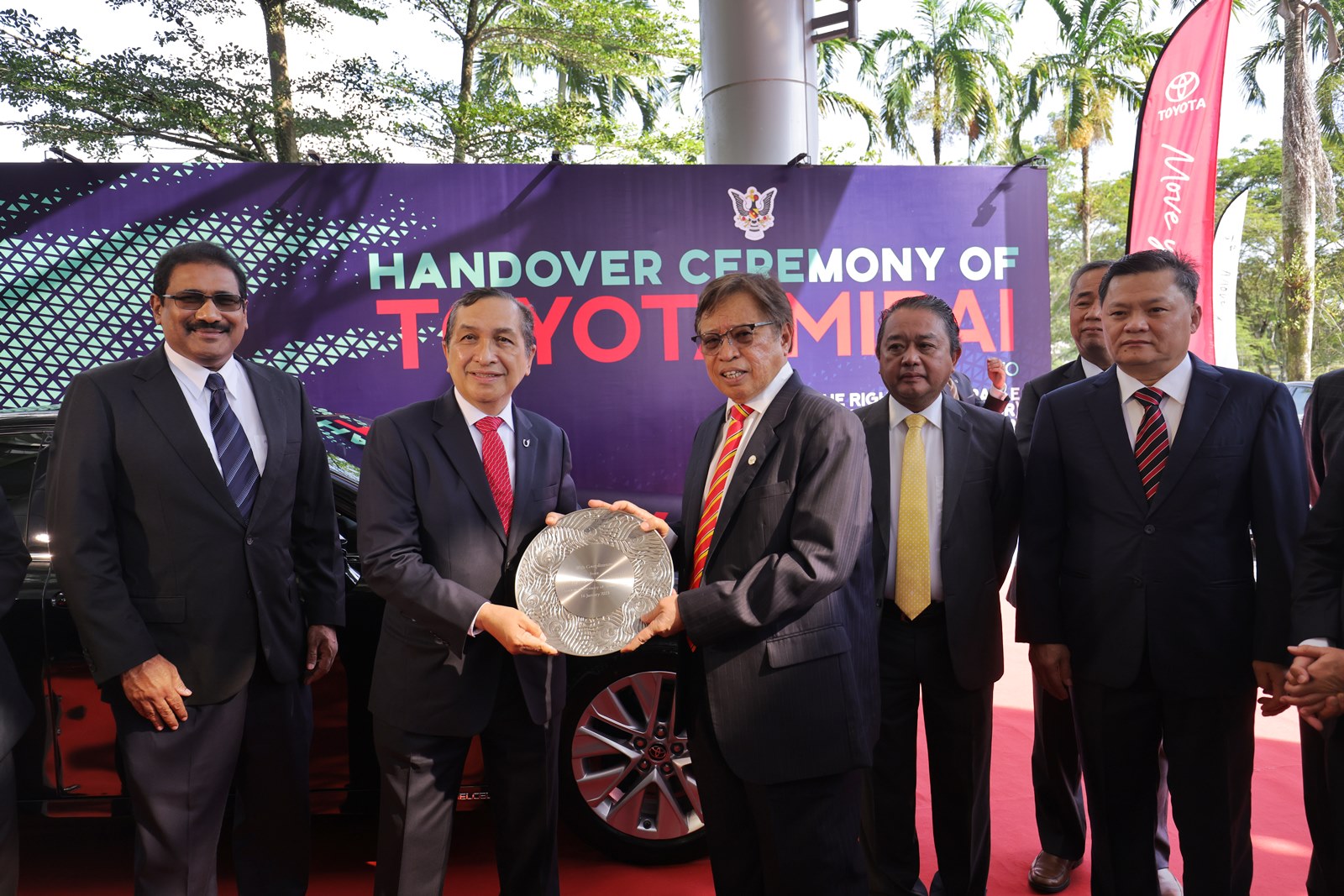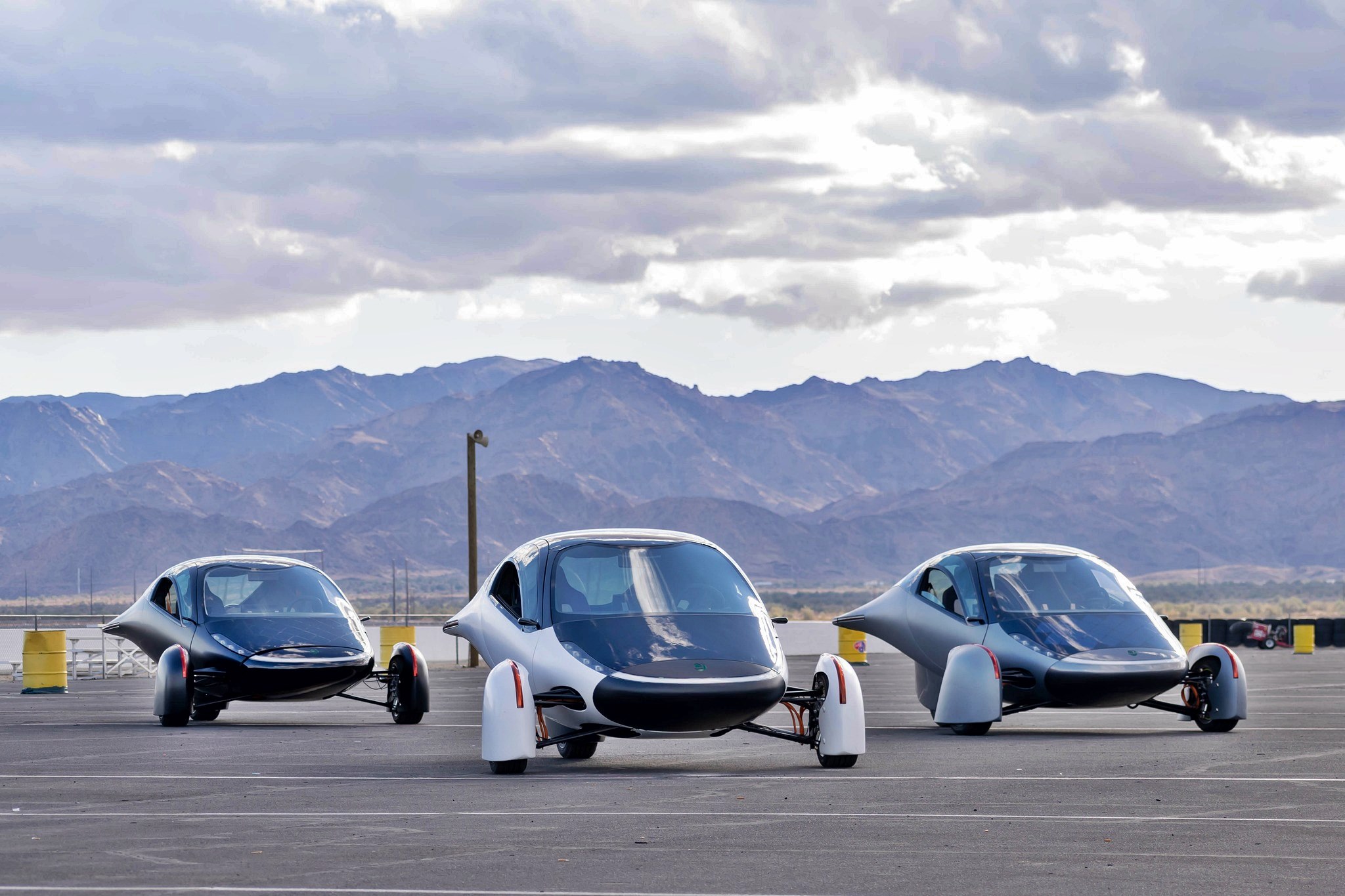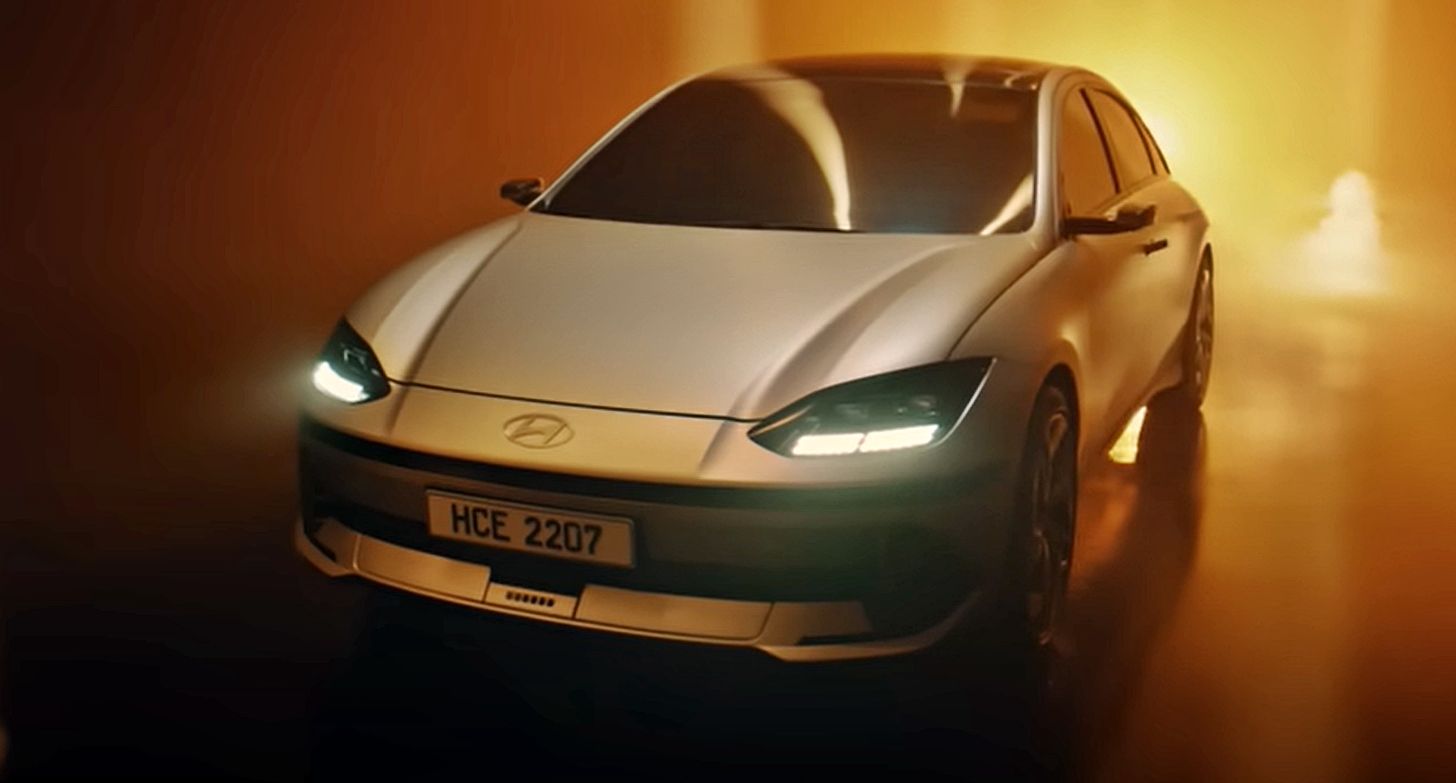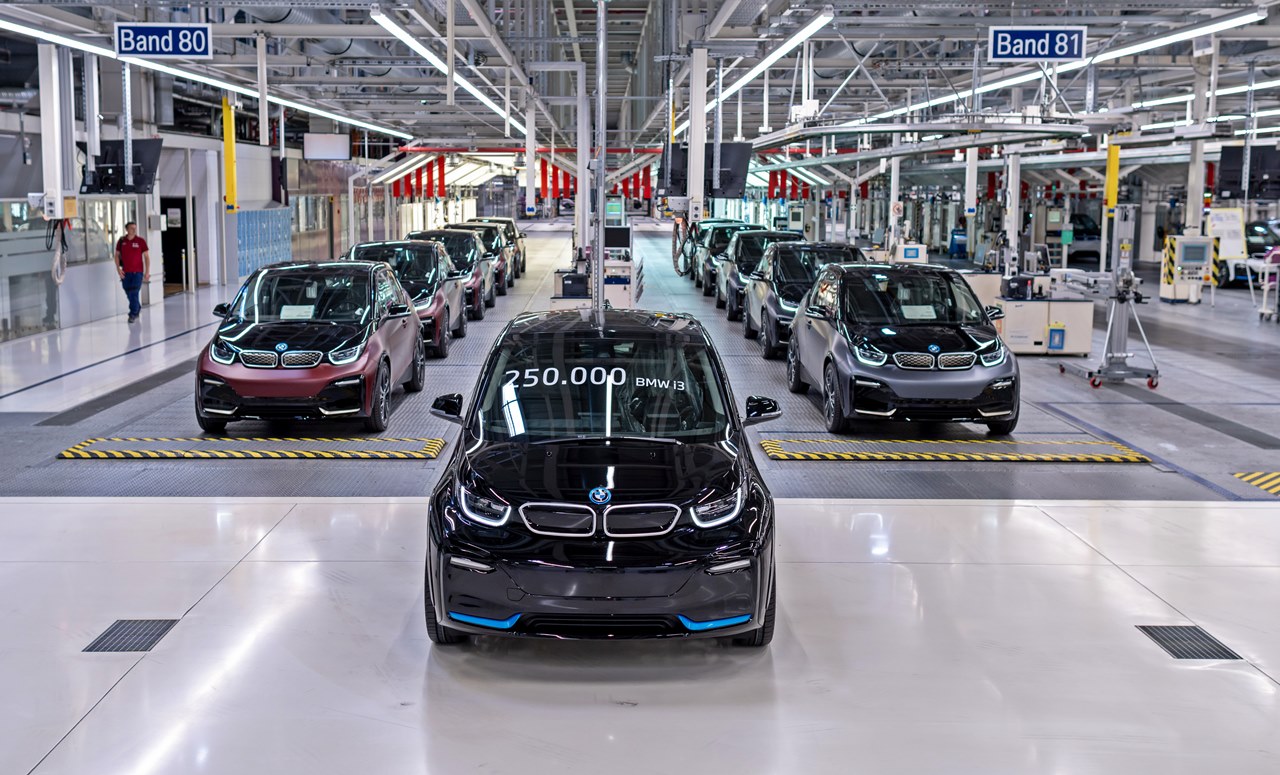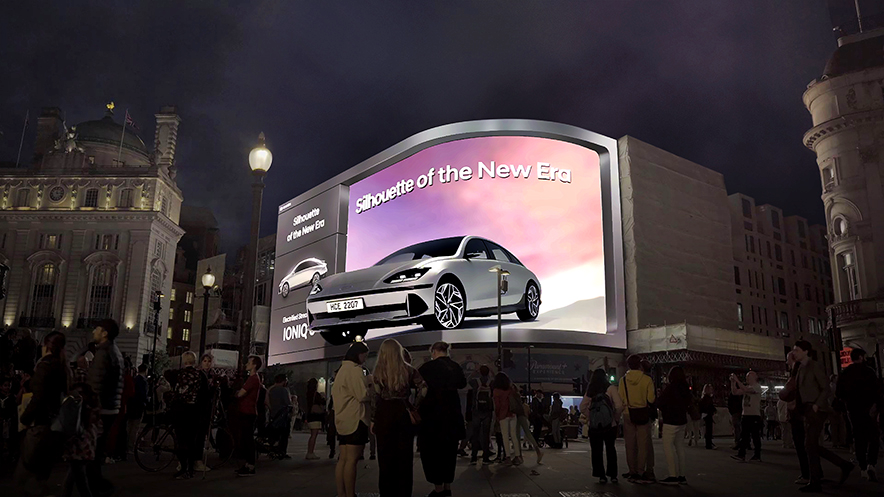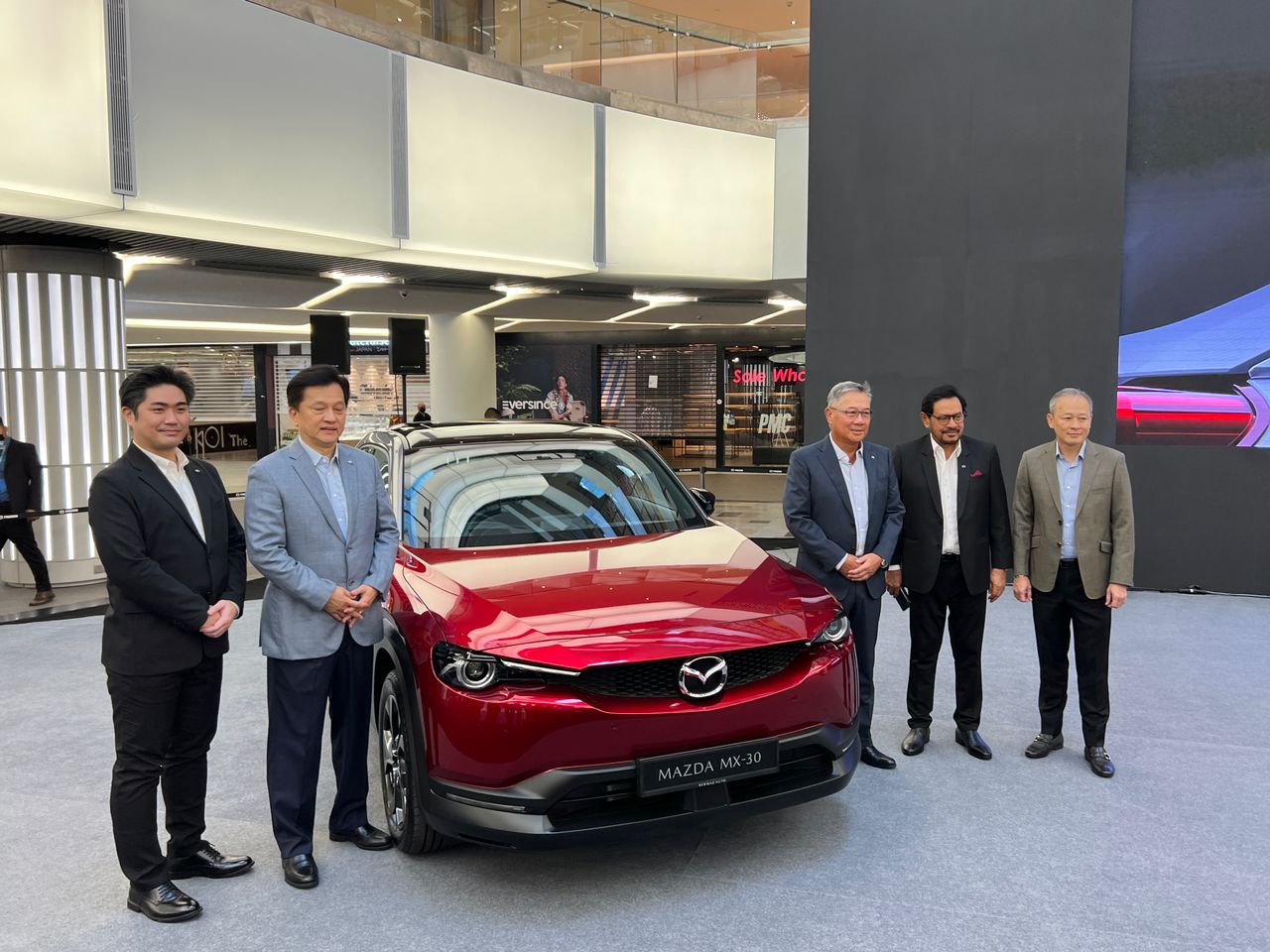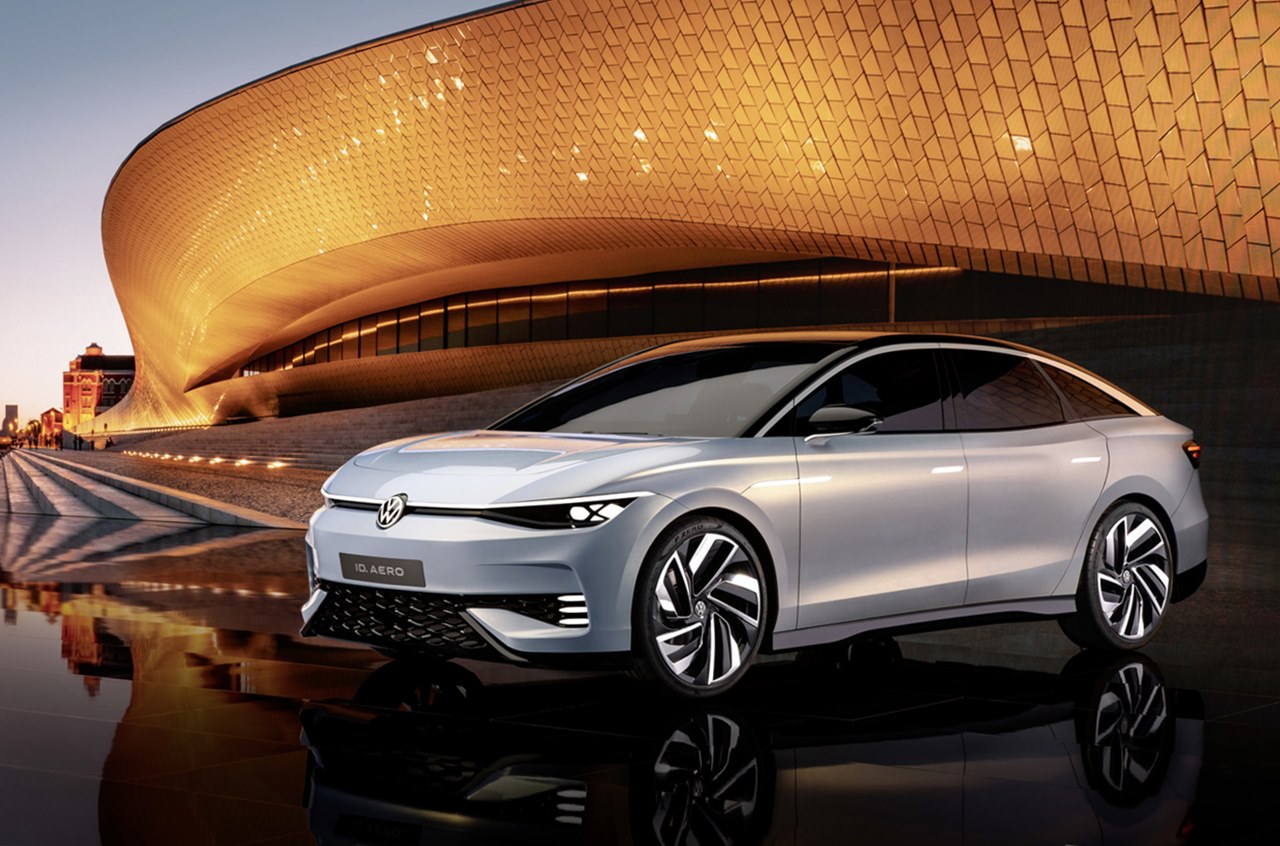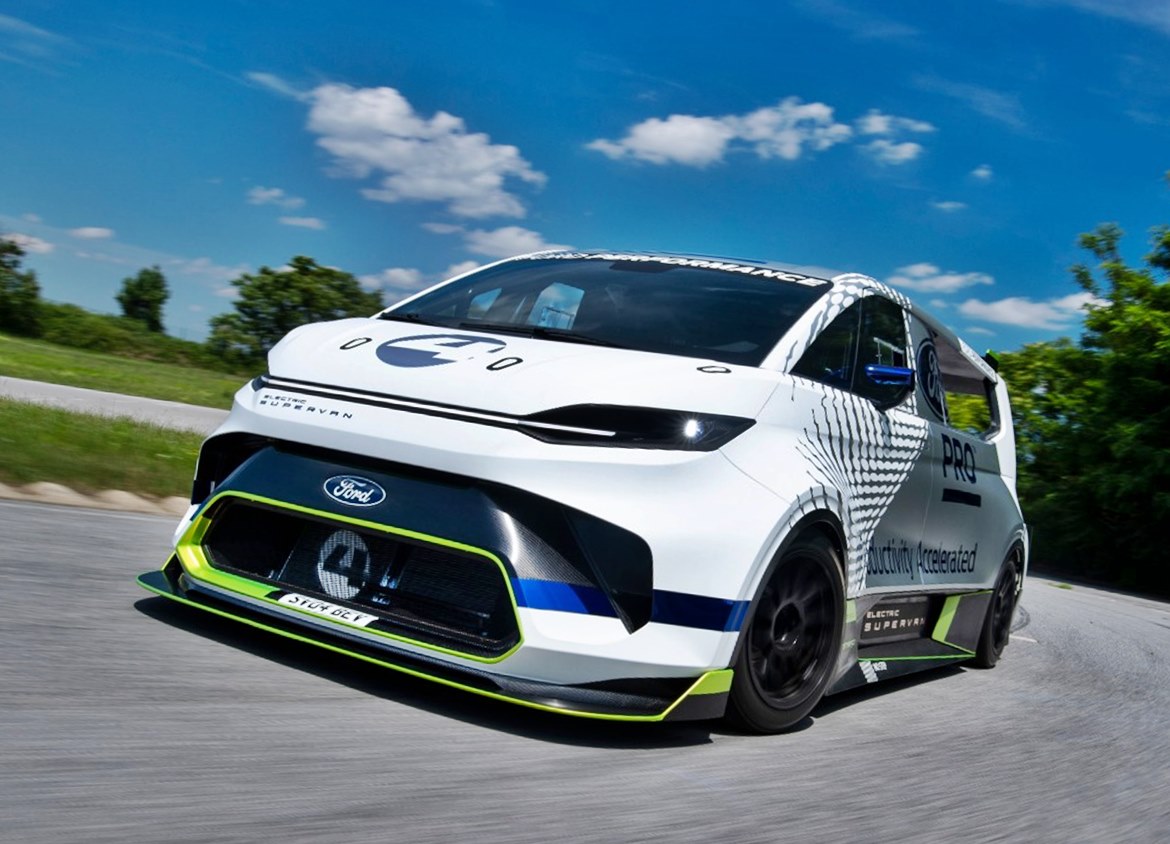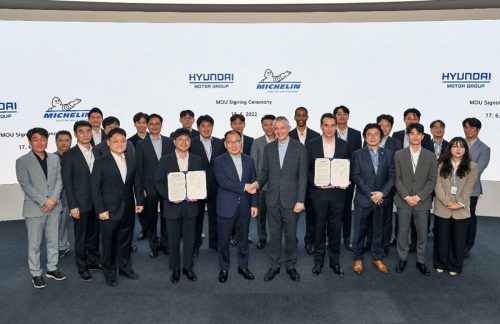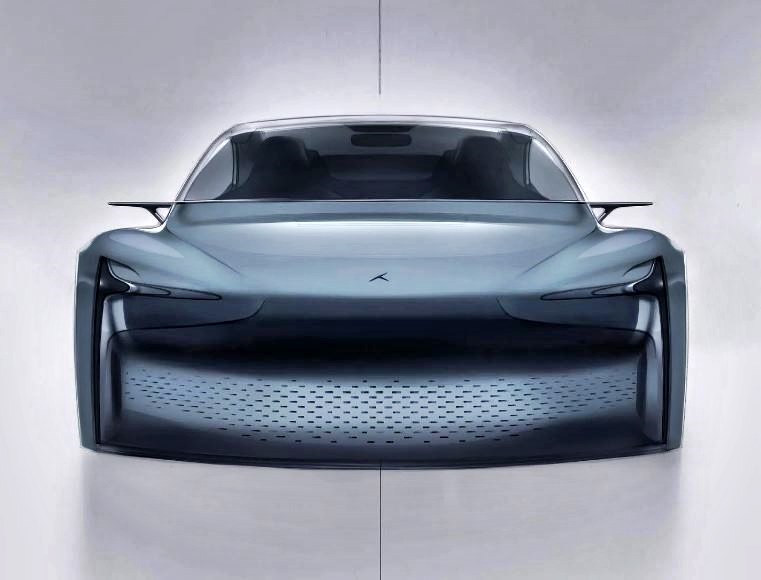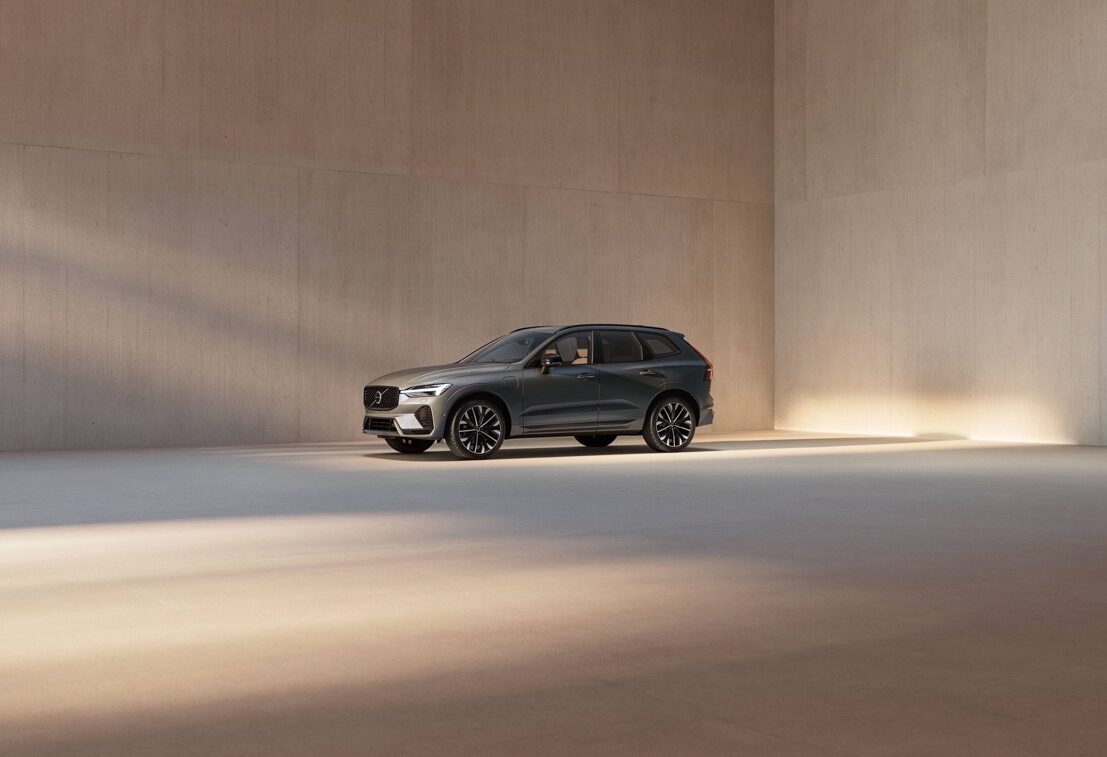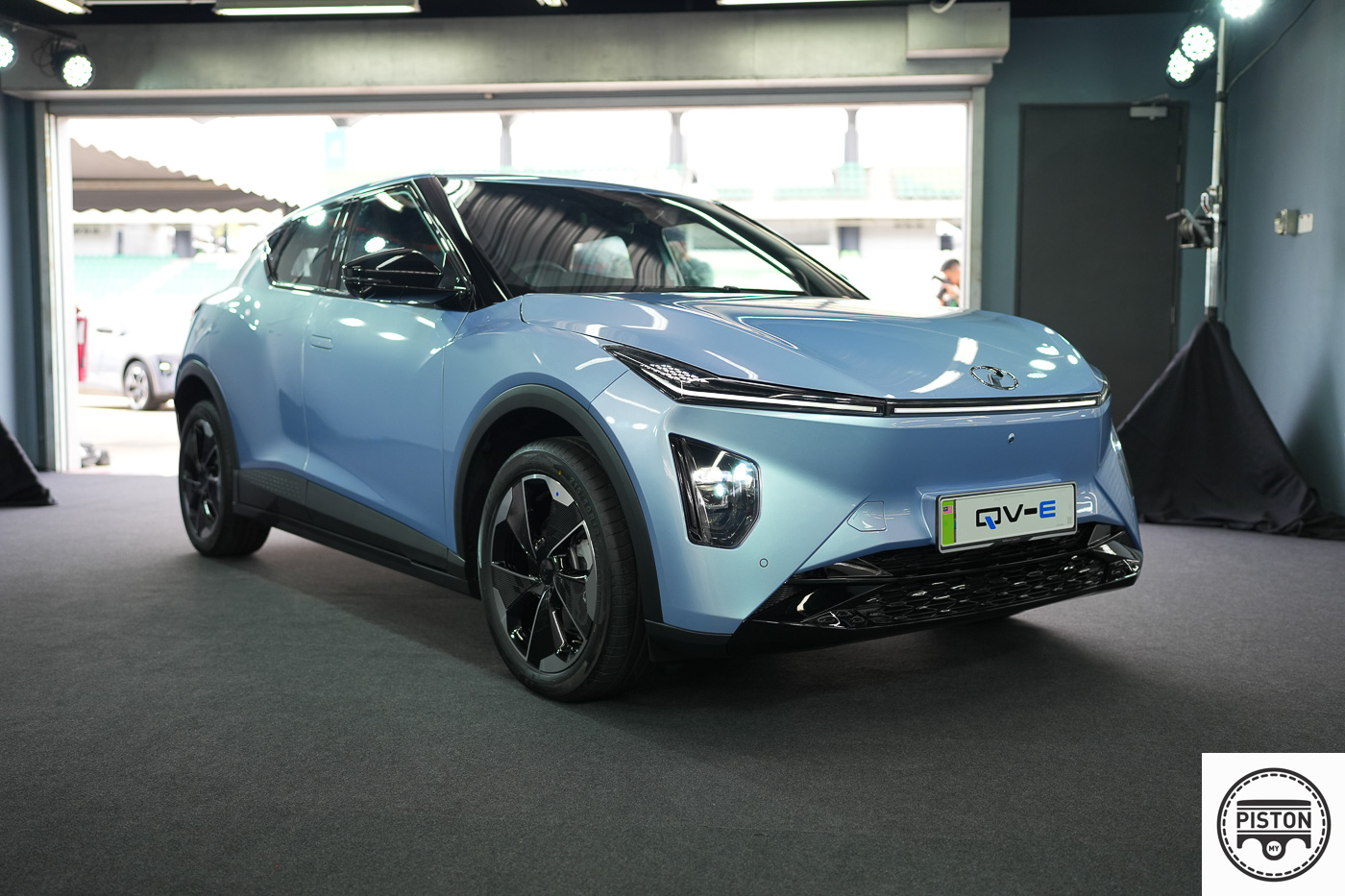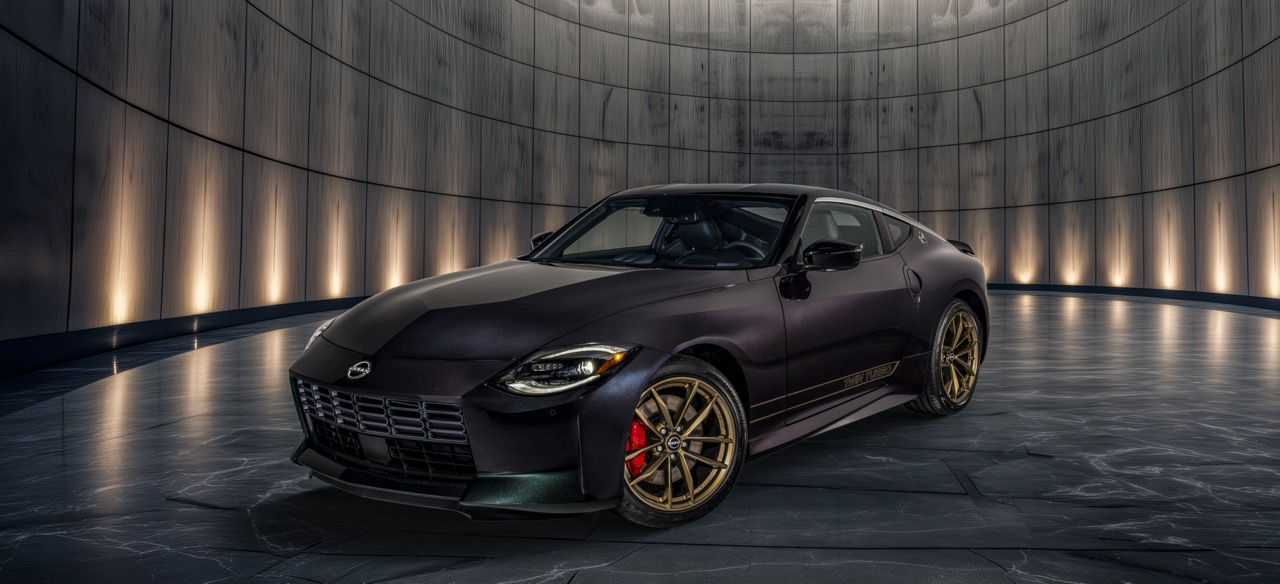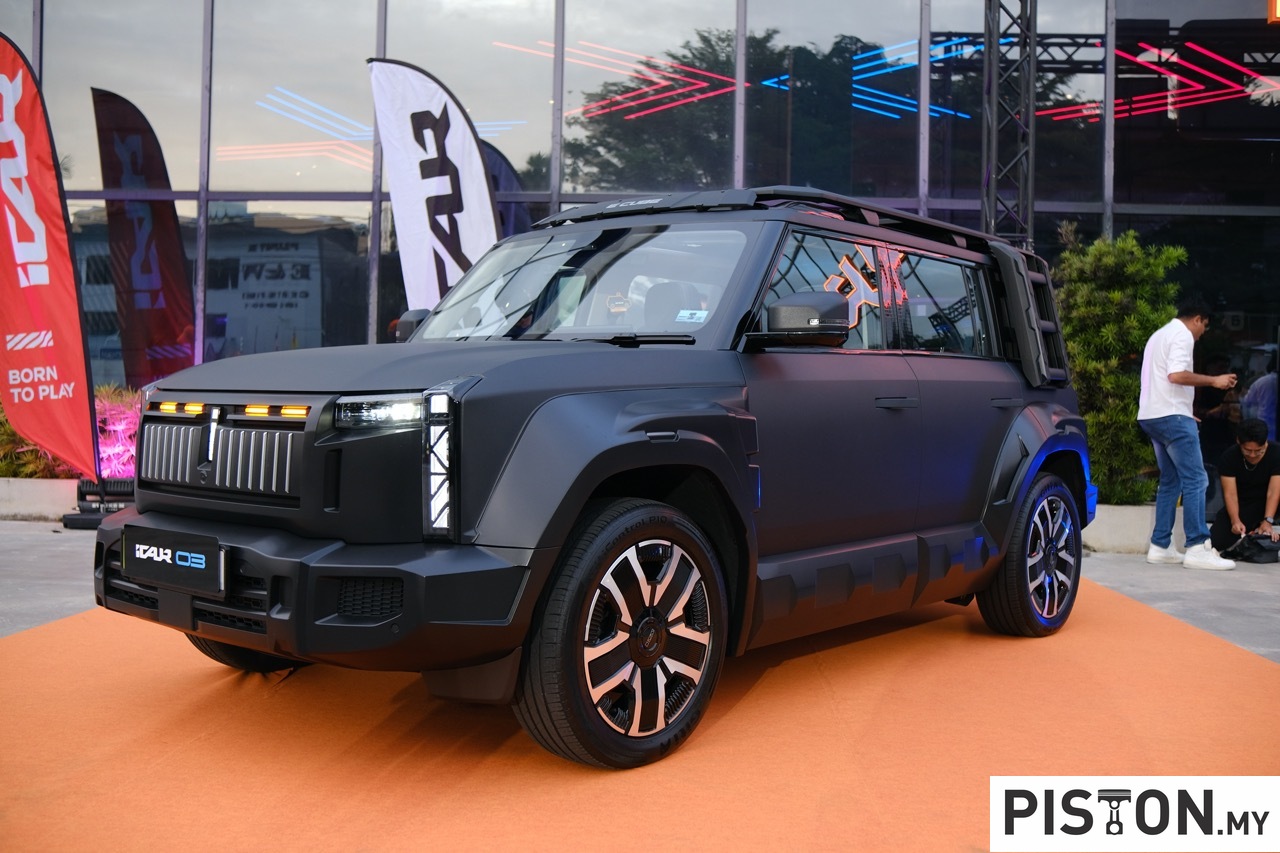Hydrogen is in the air all the time but lately, the gas that is the lightest element has been ‘in the air’, so to speak, with companies like Toyota running a hydrogen-fuelled engine in the Super Taikyu race series in Japan, Renault teasing a hydrogen-powered concept car, and Toyota and Yamaha having a project to adapt a Lexus V8 to run on the gas instead of petrol.
Now Extreme E, the all-electric off-road series, has revealed also plans to launch an off-road hydrogen Championship in 2024. To be called ‘Extreme H’, it will run alongside Extreme E, currently in its second season, and will be a world-first for motorsport. Development for the Extreme H vehicle is already underway, with goals to have a prototype launched in early 2023.
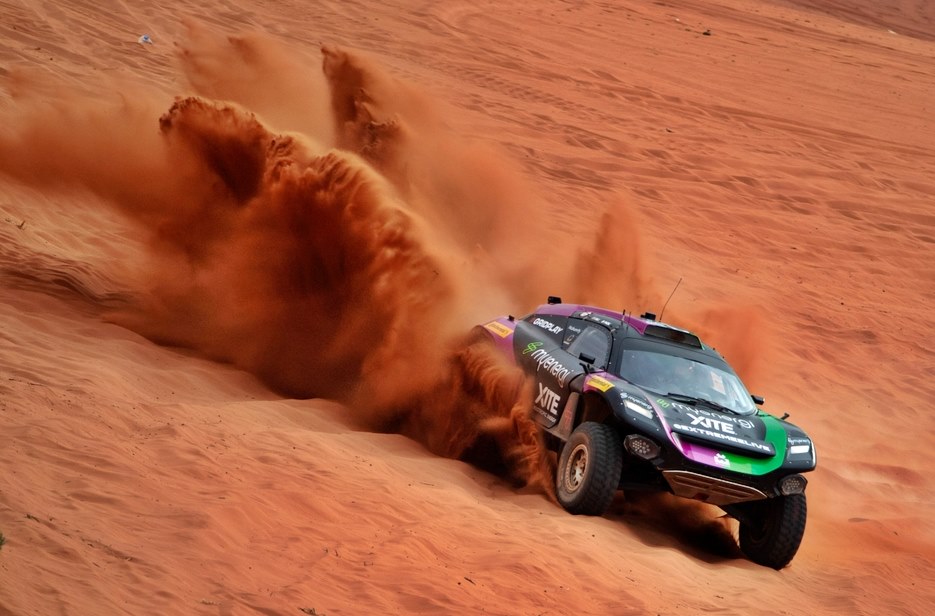
Evolution of Extreme E
“Extreme E was designed to be a testbed for innovation and solutions for mobility. It has become increasingly clear to us that creating a hydrogen racing series is a natural evolution of our mission to showcase the possibilities of new technologies in the race to fight climate issue,” said Alejandro Agag, CEO of Extreme E.
“Together with the current Extreme E Teams, we will decide in the coming months the best way to integrate the hydrogen-powered cars into the racing weekend. Two separate categories, full transition to hydrogen or joint racing are all options on the table,” he added.
Elaborating further, Agag said: “Extreme E is an FIA International Series and our intention is to work closely again with the FIA and the Automobile Club de Monaco on the development of Extreme H. Sport is the fastest and most effective platform for driving innovation and, by using the existing Extreme E platform, we can also utilise our transport, talent and operations to ensure we are minimising footprint in the process. This effectively means we can have double the race action, with marginal additional impact.”
Fuel cell for electric power
The Extreme H car will retain the same powertrain and chassis used in Extreme E. The key differentiating factor will be that a hydrogen fuel cell will replace the battery as the principal energy source. This propulsion concept has already been commercialized with models such as the Mirai by Toyota and Insight by Honda.
Green hydrogen sources will be used to power the Extreme H fuel cells, created using a combination of solar and water. This technology is already being used behind the scenes in Extreme E, where it provides the energy source to the vehicle’s batteries.
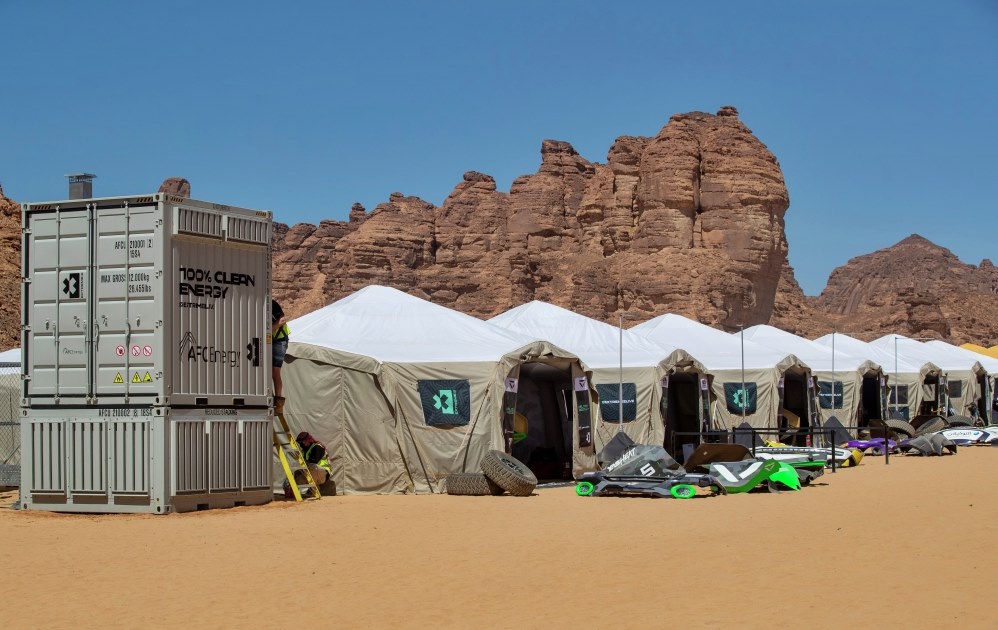
“It is fitting to launch the concept of Extreme H here in NEOM, Saudi Arabia (where the first round of the 2022 season is being held], a place with huge ambition around clean energy solutions, and the perfect example of a location which can and will become home to large-scale green hydrogen production and distribution,” Agag added.
Commenting on the new initiative, Jenson Button, Team Owner of the JBXE Extreme E team, said: “For Extreme E to be evolving into Extreme H is incredibly exciting and a brilliant step forward in such a short space of time for the series. To see racing of this calibre powered by Hydrogen cells, which will allow for even more racing with less impact, is remarkable.”
The world’s most extreme battery for an extreme off-road event

